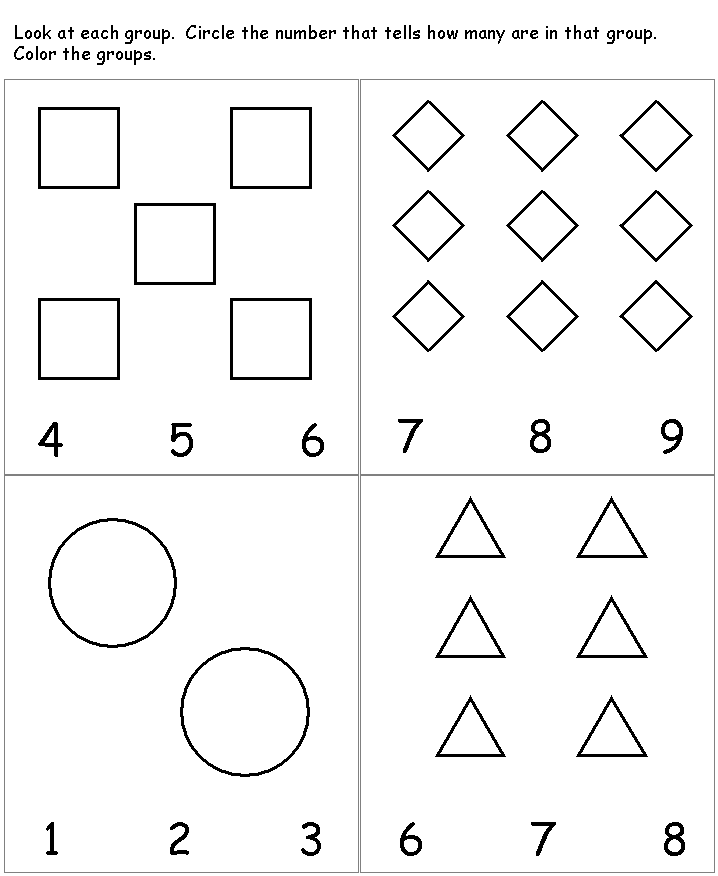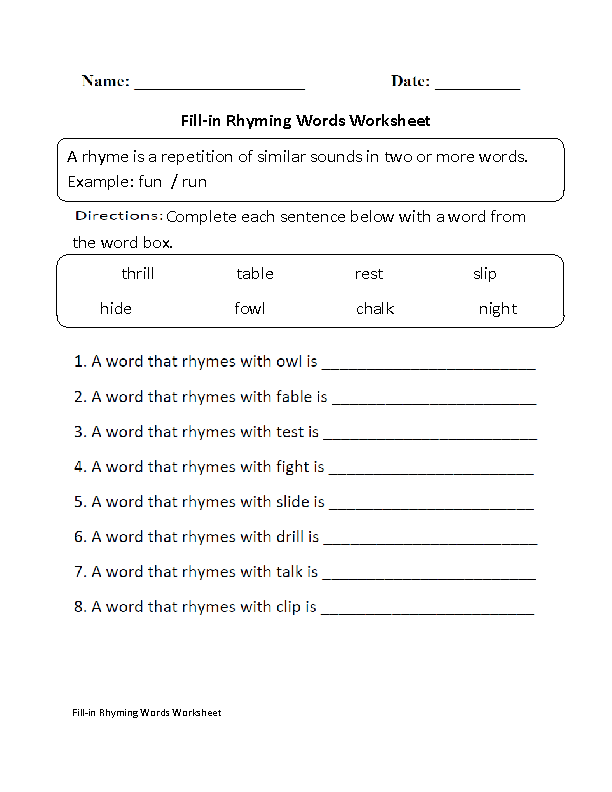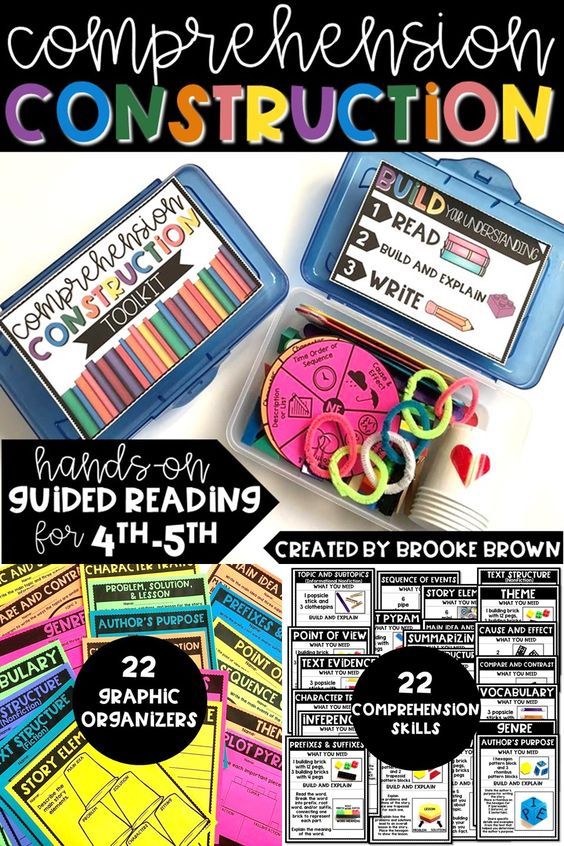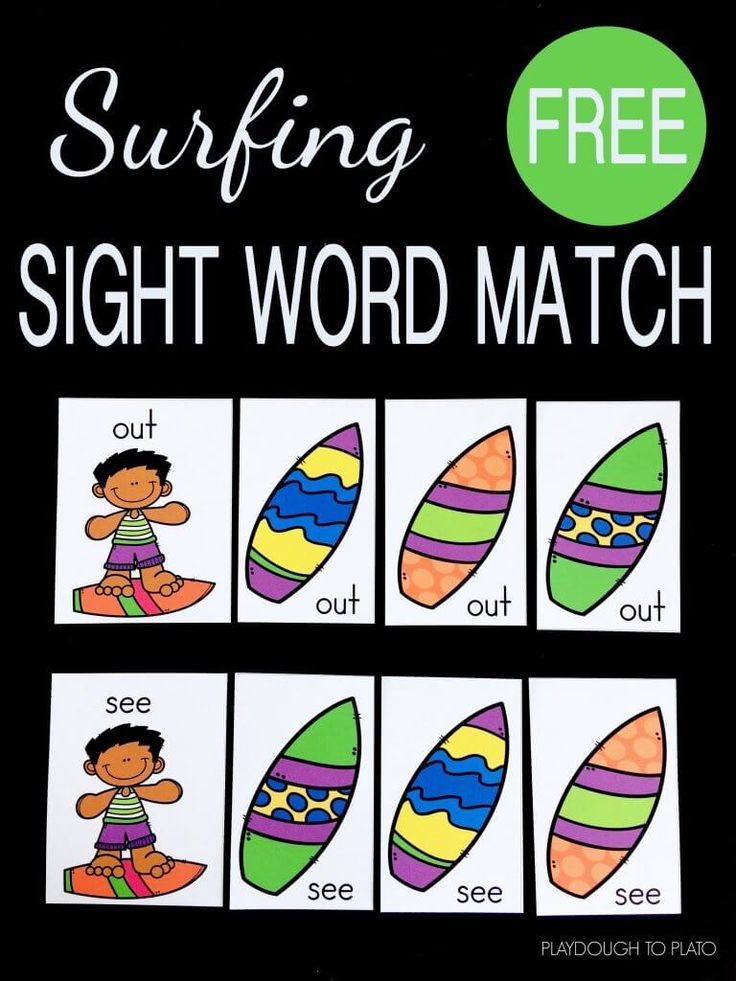How to teach sight words in first grade
5 Tips for teaching sight words
Sight words are the English words you most frequently encounter when reading. They're called sight words because if you learn to recognize them by sight, instead of having to sound them out, it makes reading easier.
This is why they are so important to teach.
When a student learns to recognize sight words automatically, it can increase his or her reading fluency and comprehension. They are useful for young children to know, but also a good idea for struggling readers.
English as an additional, second, or foreign language learners, especially those who are just getting started with reading and writing, will also benefit from studying sight words.
Sometimes you'll find sight words referred to as high-frequency words. That's because they are the most common English words used in writing. Mastering them frees up attention for processing harder and lower frequency words.
More about sight words
Most children are introduced to sight words in first or second grade when they begin learning how to read. More than 75% of the average children's book is made up of sight words. A child who is a strong reader from an early age may find he or she acquires sight words effortlessly through repeat exposure from extensive reading.
But these words may require some extra effort and time for other students to learn, particularly if they are struggling to keep up with peers when it comes to reading.
How children learn to read
Children develop pre-literacy skills, including individual sound, letter and word recognition, through conversations with caregivers and being read to from an early age.
In order to read a word, a child must first be able to recognize individual letters and sets of letters and then map the correct sounds onto them. This process is called decoding.
Sounding out words, or decoding, uses up a lot of cognitive energy and attention. This is why reading can be quite slow in the beginning, when very few words look familiar to the child.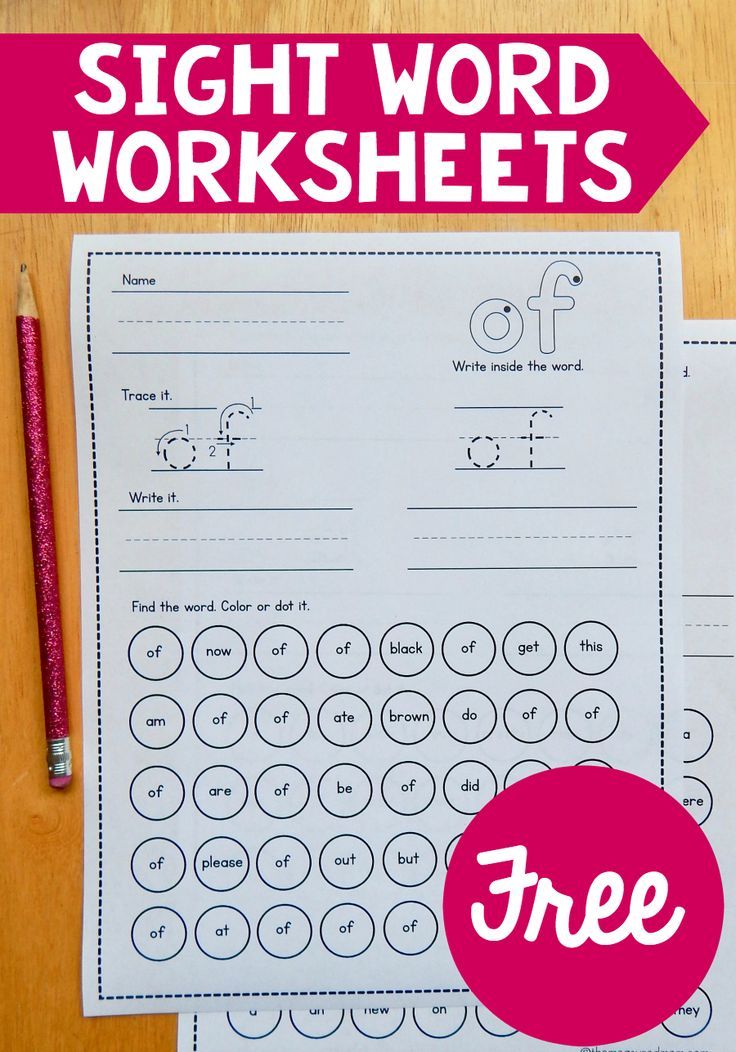
But after a learner has sounded out a word multiple times, he or she will find it easier to recognize by sight, which is to say he or she will be sight reading.
Which words are sight words?
Sight words are sometimes referred to as Dolch words after the man who assembled them into several lists many parents and educators teach today.
Edward William Dolch published a list of sight words in 1948 while he was working at the University of Illinois. In order to create the list, he looked through children's books for the most common words they contained.
Dolch felt that teaching young children to memorize too many words would be counterproductive. He narrowed the sight words list down to 220, leaving out nouns. This means today’s sight words are comprised mostly of service words such as prepositions, adjectives and verbs.
He eventually released an additional list of 95 nouns. Learn more about the Dolch List.
5 Tips for teaching sight words
There are many ways to teach sight words—here are just a few ideas!
-
Look for them in books.
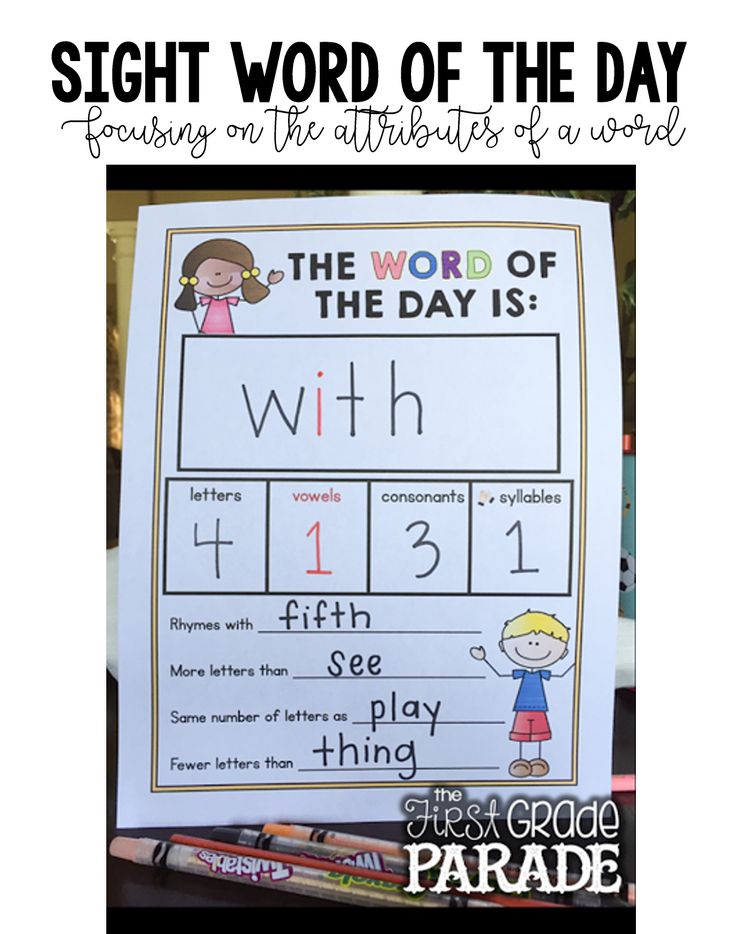 Draw a child’s attention to a word by looking for it in children’s books. You can start with Dr. Seuss books as they contain a lot of them! Repeat exposure, pointing a word out, and talking about it provides a much better introduction than simply giving a child a list of terms to learn.
Draw a child’s attention to a word by looking for it in children’s books. You can start with Dr. Seuss books as they contain a lot of them! Repeat exposure, pointing a word out, and talking about it provides a much better introduction than simply giving a child a list of terms to learn. -
Hang them around the classroom. Keep the sight words “in sight.” Certain words such as and and the will be hard for children to miss but calling attention to print that contains them is key. You can create big posters of a word, talk about the letters it contains and spend time focusing on its meaning.
-
Help children use them. Teaching children to use sight words in their writing, whether it be through illustration, plain old spelling drills, or repetition on a keyboard, can cement learning. A word can be written in isolation or as part of a basic sentence.
-
Re-visit them regularly. Teaching a word over and over again may seem pointless but repeat exposure will eventually do the trick.
 Children need plenty of practice reading and writing sight words before you can consider them learned. Children with specific learning differences, such as dyslexia, may especially benefit from spending extra time learning sight words.
Children need plenty of practice reading and writing sight words before you can consider them learned. Children with specific learning differences, such as dyslexia, may especially benefit from spending extra time learning sight words. -
Introduce an online typing course. There’s no reason why a young child of age 6 or 7 cannot learn to type at the same time as he or she is learning to read and write. The significant factor is that the hands are mature enough to sit comfortably on a keyboard. Typing can greatly help those learners who struggle with dyslexia or dysgraphia as it teaches them to rely on muscle memory in the hands to help with spelling -- and if you use the TTRS course you can also have them learn to type using modules made up only of sight words!
Who else can benefit from sight words?
Sight words are typically taught as part of phonics and spelling lessons and used by teachers to facilitate reading skills.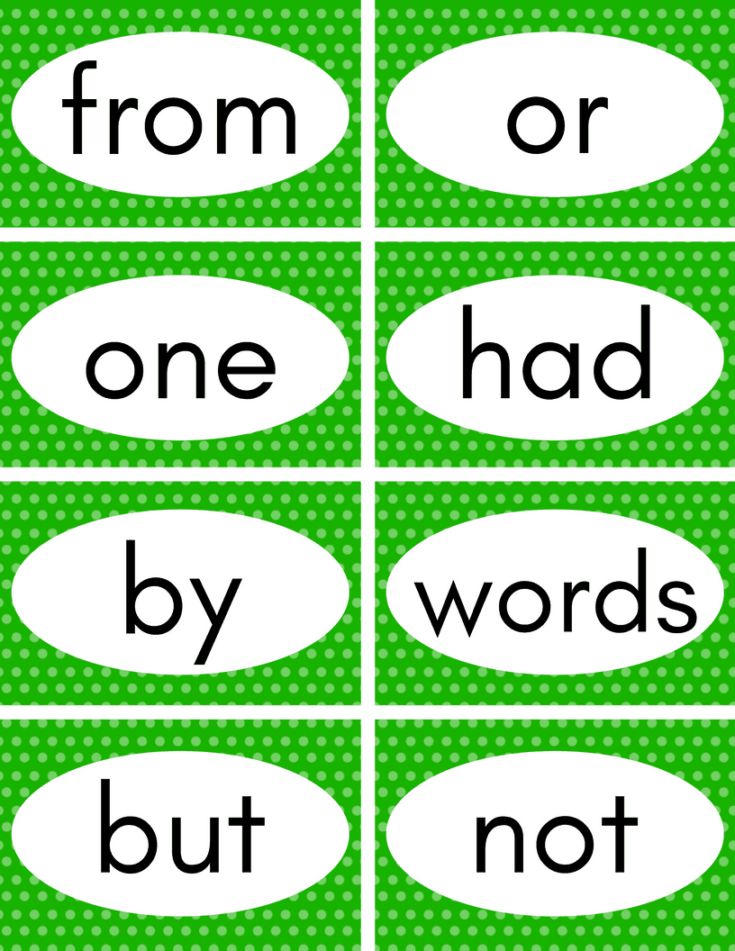
They are important for understanding English and that means the bilingual child and English as an additional language adult learner can greatly benefit from covering them in early vocabulary lists.
Of course, for adult learners, Dr. Seuss may not be the most appropriate method of introduction so it is recommended that anyone teaching adults investigate other options, such as a touch-typing course in which students learn to recognize and type sight words on a computer.
When learning sight words is hard
For children who struggle with learning difficulties such as dyslexia, sight words are not always that easy to learn.
Learning any word is tricky, but as sight words tend to be somewhat generic vocabulary, they are less amenable to the mnemonic devices dyslexic students sometimes use to remember vocabulary.
If a teacher is aware of the learning difficulty, they can ensure the child receives extra help. However, it can be somewhat embarrassing when a student needs to work to keep up with his or her peers.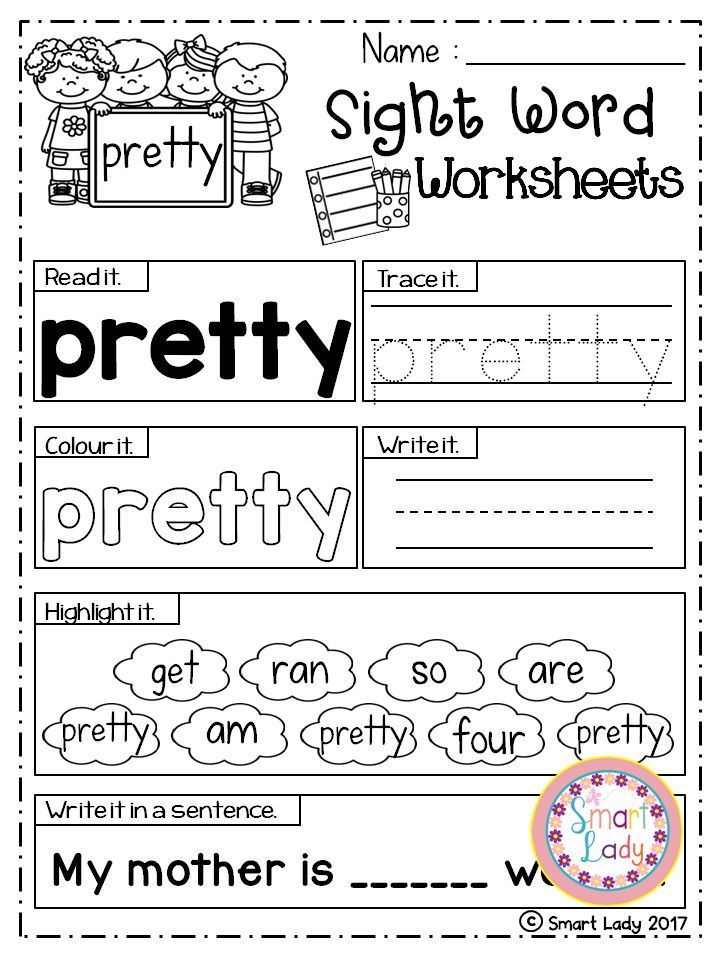
Introducing a self-study measure that can be completed at a pace set by the learner, after class or at home, may be the solution. For more information on how to use TTRS’s course for teaching sight words to struggling readers, just get in touch with our team!
Learn more
How do you teach sight words to your learners? Leave us a comment and join the discussion!
For teachers
TTRS is a program designed to support educators in teaching students touch-typing, with additional emphasis on reading and spelling.
Teaching Sight Words in Fresh and Fun Ways – Proud to be Primary
By Proud to be Primary 2 Comments
Here is a ton of fresh and fun methods for teaching sight words. Help children learn and gain fluency with sight words with these hands-on ideas!
Fresh and Fun Ways for Teaching Sight Words
Teachers are always on the lookout for ways to teach our children in fresh, fun ways.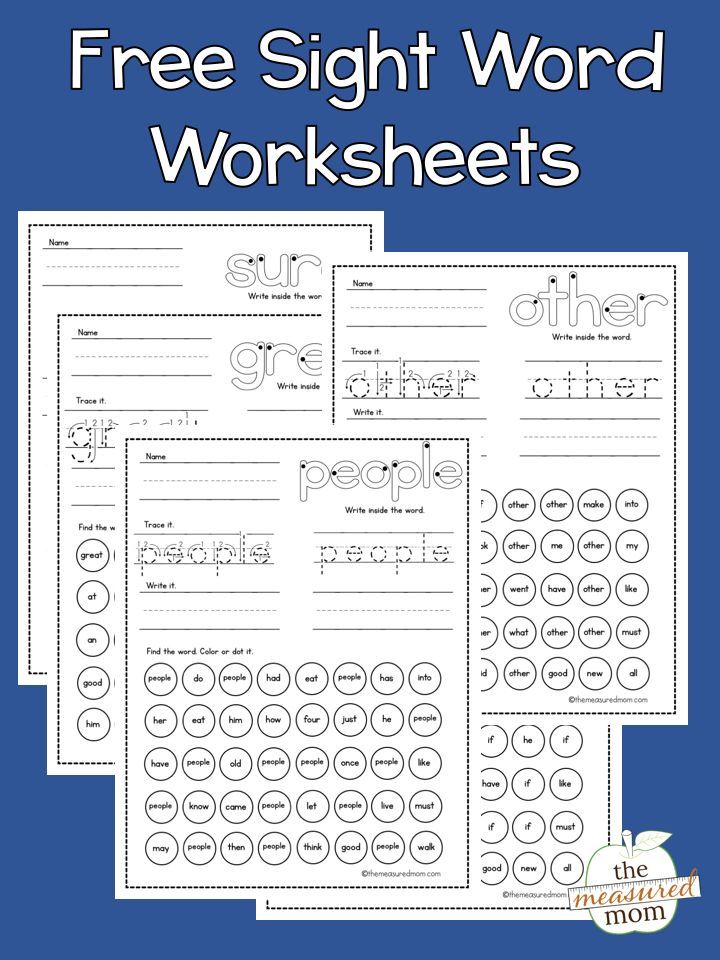 The same old concepts, such as practicing and memorizing sight words, get dry and dull over the years, and sometimes it drains us of our energy to bring out the same teaching techniques year after year. Are you ready for a change? What better way to freshen up our classroom routine than to find new and exciting ways to teach and learn sight words.
The same old concepts, such as practicing and memorizing sight words, get dry and dull over the years, and sometimes it drains us of our energy to bring out the same teaching techniques year after year. Are you ready for a change? What better way to freshen up our classroom routine than to find new and exciting ways to teach and learn sight words.
Why is Teaching Sight Words Important?
Standard phonics instruction is essential for early readers, but so are sight words. Sight words often don’t follow phonics rules, which makes them necessary to memorize. They are high-frequency words, meaning that these are the words that appear in a text more often. Once these words are remembered, children have a much easier time learning and growing as a fluent reader.
Teaching sight words can be fun! If you need resources for your classroom, you can check out my Dolch sight words curriculum or my Fry’s First 300 words curriculum bundles.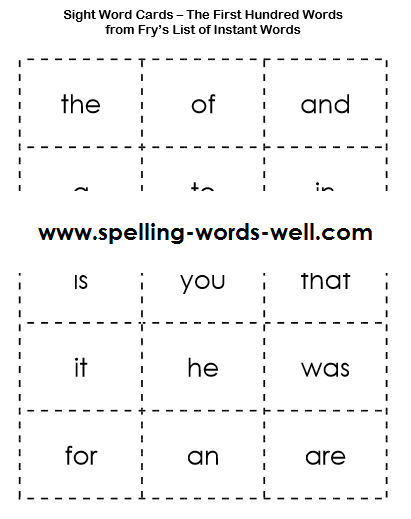 You’ll find everything you need to begin an engaging and successful sight words program in your classroom.
You’ll find everything you need to begin an engaging and successful sight words program in your classroom.
Introducing Sight Words
Instead of the traditional “see and say” method (in which flashcards or a whiteboard are used, the child may trace the letters with his/her finger or a writing tool, and says the word aloud) – try changing it up a bit. Find NEW ways to write the words! Here are some ideas:
- Explicit instruction is the time-honored method of teaching sight words, in which the teacher introduces the word, spells it, and has the child repeat until mastery. Stick with that; it’s a proven method! But it doesn’t have to be boring and monotonous. The way I run my weekly sight word program is beneficial. It contains so many different ideas for ensuring mastery that the students look forward to the activities each day.
- It’s essential to introduce the weekly sight words in many ways, such as during morning meetings.
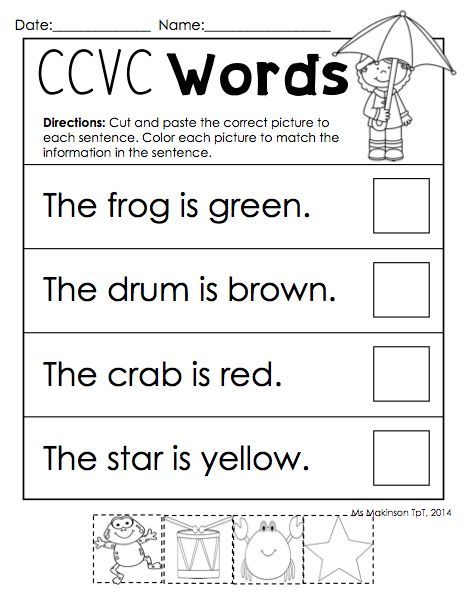 Some ideas to practice sight words include coloring, printing, drawing pictures, forming words on playdough mats, singing songs, finding words, filling in sentences, spelling words aloud, or stamping them. All of these methods are explained in detail here.
Some ideas to practice sight words include coloring, printing, drawing pictures, forming words on playdough mats, singing songs, finding words, filling in sentences, spelling words aloud, or stamping them. All of these methods are explained in detail here.
- During explicit instruction, improve a lesson by adding in some meaningful questions. Ask children things like, “What part of this word looks like other words you know?” or “What part of the word is easy to remember? Tricky to remember?”. If children think about the spelling of the word, the parts, and sounds the letters make, they will be more likely to remember it again in the future. Ask them to notice the shape of the word itself – where the tallest letters are, the shortest letters, how long or how short the word is, etc.
- Word Walls or Portable Word Walls: Every primary classroom should have a word wall. But even handier is a portable word wall, in which the child has a small, hand-held version of the sight words he/she uses daily, or should practice daily.
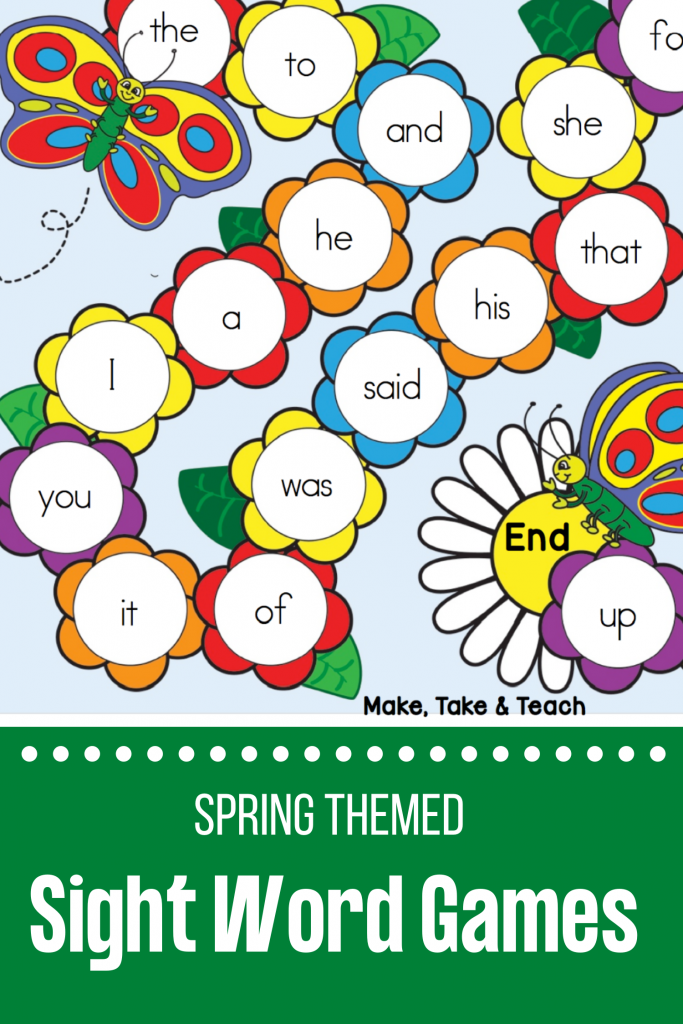 The word wall and portable word wall comes in handy throughout the day, giving the child easy and quick access to the correct spelling of frequently used words.
The word wall and portable word wall comes in handy throughout the day, giving the child easy and quick access to the correct spelling of frequently used words. - Think of things you can write words on besides the whiteboard or large chart pad. Kids love to hold items in their hands. Textures that are smooth or rough, slimy, or crunchy, it doesn’t matter. Find objects that you think your students will enjoy handling and write sight words on them. Ask children to hold them in their hands and repeats words you say.
Ingenious Methods to Reinforce Teaching Sight Words
There are many things kids can do in a group, at their desks, or for homework.
- They can silently write the words in the air by spelling out the letters with their finger or write it in large letters with their fingers on the floor. They can also form the letter shapes with their hands in front of them (bending their knuckles and hands to the curves or crossing their fingers to represent an x, for instance).
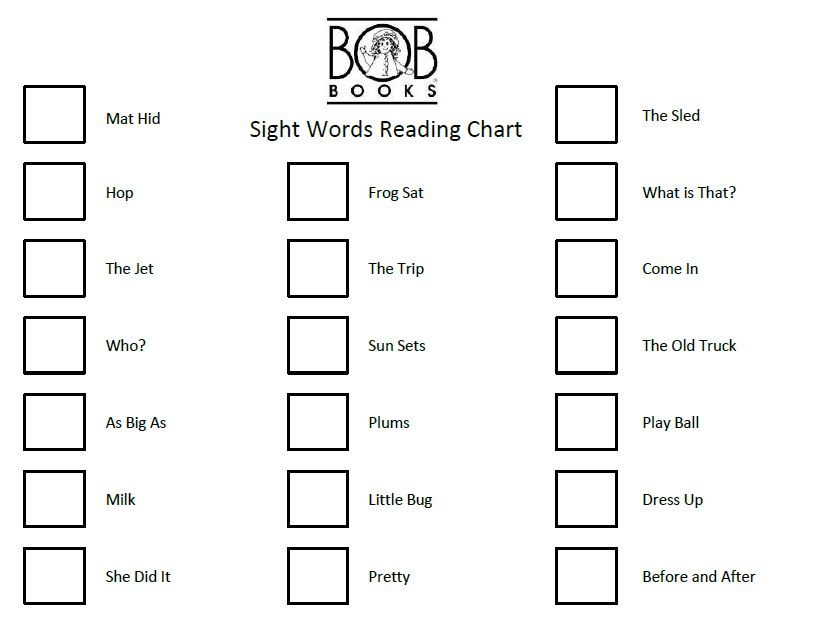 These things require no preparation or supplies prepared beforehand.
These things require no preparation or supplies prepared beforehand.
- Board games such as Tic-tac-toe, Connect Four, Sorry, or other “take turn” type games can be adapted for classroom use. Have each child read or write a sight word before playing their turn. The game serves as a reward for getting the word right. There are also online games at SightWords.com that your students may enjoy playing as an “early finisher” activity.
- Play hide and seek with the words or the parts of words. For instance, if the sight word you wish to practice is they, write they on several cards and hide them around the room. The child who finds a card is required to stand and show the word to their classmates, spell the word, say it aloud, and direct the class to write the word in the air with their fingers, for instance. You could focus on a “tricky part” of the word too – for example, in they, the “ey” is tricky because it makes the long a sound.
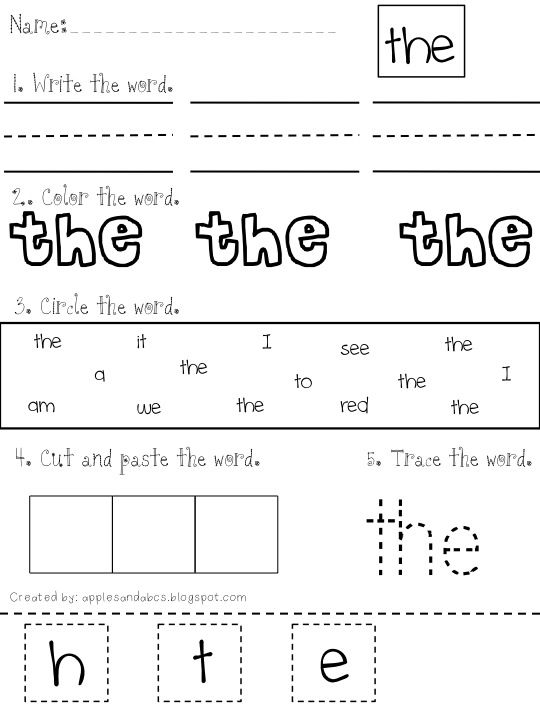 You could hide the “ey” part of the word somewhere in the room, and the child who finds it can place it on the board in the correct spelling order of the word.
You could hide the “ey” part of the word somewhere in the room, and the child who finds it can place it on the board in the correct spelling order of the word. - Sight words absolutely MUST be written. Writing words help solidify phonemes, and the physical act of writing a word cements it into a child’s brain. As simple as it sounds, there are plenty of not-so-simple, fun, and exciting ways to write them! Let children carve the letters into playdough or write them with their finger in shaving cream. They can use dry erase boards or chalkboards to practice printing words or write them with invisible ink. Anything new or different than plain old paper and pencil will make a routine chore into a thrilling task.
New Options for Assessing Sight Words
- Avoid putting your students through another stressful test. Try out these fun and different ways to assess their acquisition of sight word spelling! They won’t even know you’re “testing” them.
- A fun alternative assessment is using sight word cards that children can rainbow color and refer to throughout the week.
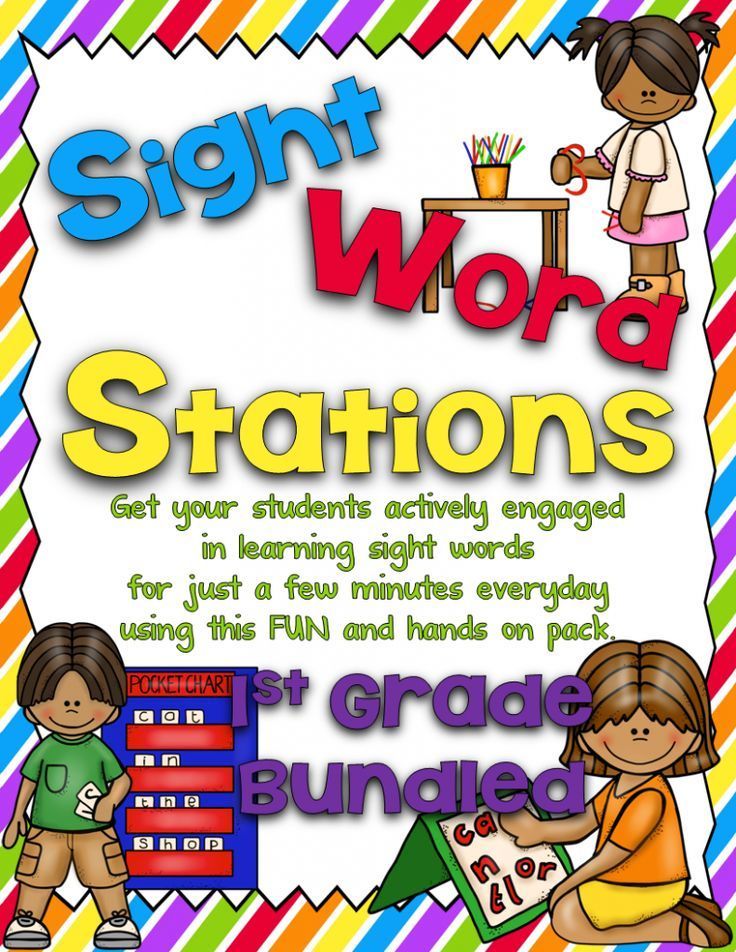 Ask kids to read through their stack of cards to see how they are doing. Sight word sticker books are another option that rewards children with stickers after they read out their words.
Ask kids to read through their stack of cards to see how they are doing. Sight word sticker books are another option that rewards children with stickers after they read out their words.
- If you prefer to give a weekly spelling test, shorten the list and add in a few important sight words. There is no need to have two separate tests. I also recommend keeping your spelling list to 5-10 words, including sight words. Smaller lists ensure faster memorization and recall, and won’t overwhelm your young students.
- Read a book with sight words or make books that have words within it. These small printable books work great. Have a child sit with you and read the sight words aloud to you as you come to them. They don’t even have to know you’re testing them, and it can be an enjoyable process. This exercise would work in small differentiated groups as well.
- Ask a child to teach you sight words! Let them be the teacher, but don’t give the words to start with (tell them verbally).
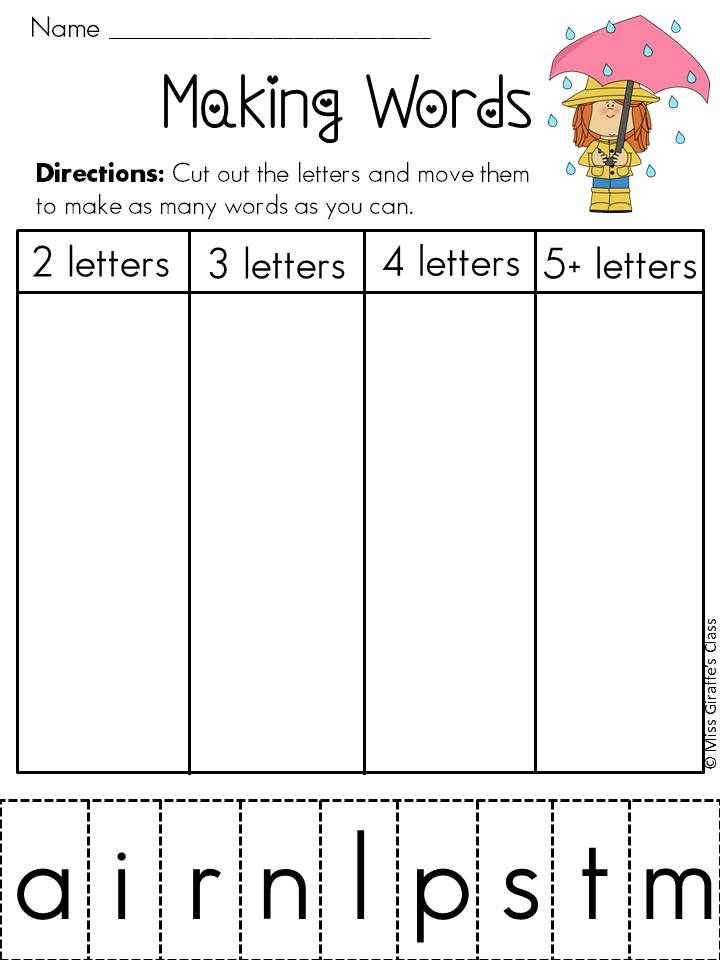 Let them introduce, spell, write, and say the word, and then give you a “test.” If they can teach it – then they know it!
Let them introduce, spell, write, and say the word, and then give you a “test.” If they can teach it – then they know it!
Resources to Help You Teach Sight Words
Try a Week of Sight Word Activities
TODAY, get a FREE sample of our Dolch sight word activities. This will help make planning your sight words lessons easy while providing fun, effective activities for your students.
Complete Sight Word Curriculum
For a comprehensive curriculum that leads to growth and mastery of sight words, see the resources listed below. Dolch Sight Word Curriculum (Pre-Primer, Primer, 1st Grade, 2nd Grade included)Fry’s First 300 Sight Word Curriculum (6 units included)
Learn more about Teaching Sight Words
Ready to learn the ins and outs of teaching sight words? I have a FREE email workshop with everything you need to have fun teaching and build reading skills with sight words! Sign up for the sight word email course filled with tips to build your sight word routine, strategies for reading success, and FREE sight word activities kids will enjoy.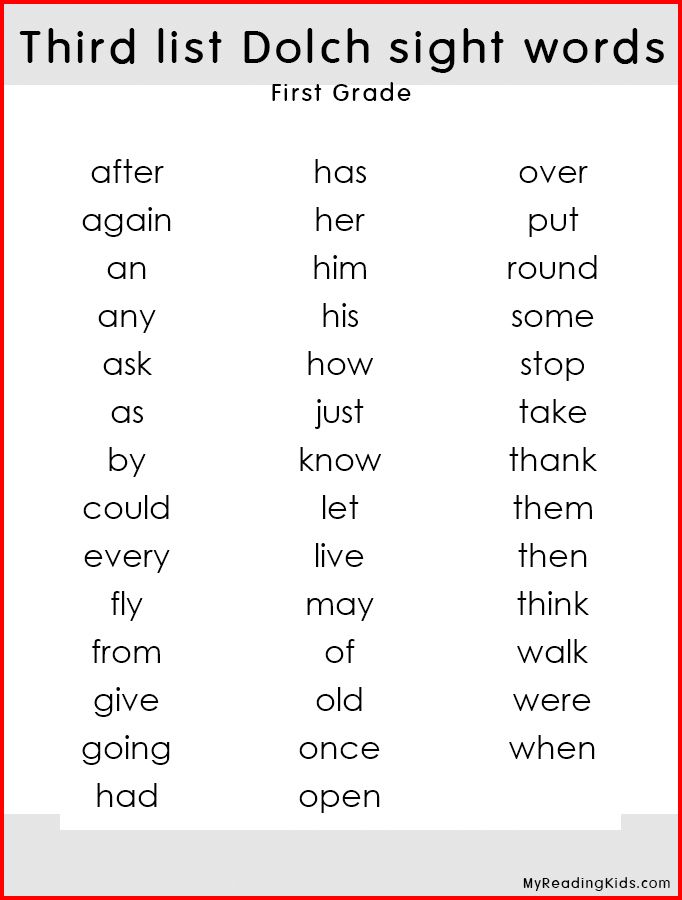
With these resources, tips, and tools, you will be able to provide quality learning opportunities for your students!
More Ideas for Teaching Sight Words
Learning Sight Words
Sight Word Games
Sight Word Apps
PIN
FREE Sight Word Email Series
Sign up for the sight word email series filled with tips to get you started teaching sight words in the best ways, strategies for success, and FREE activities kids will love. Everything you need to build reading skills with sight words!
First Name
Personal Email Address
We use this field to detect spam bots. If you fill this in, you will be marked as a spammer.
This form collects information I will use to send weekly emails with strategies, promotions, and resources. Unsubscribe at any time. Powered by ConvertKitFiled Under: Literacy, reading, sight words, writing
You may also enjoy these posts:
How to learn English words: the best tricks ‹ Ingleks
Want to learn how to learn English words quickly and easily? We will tell you how many words you need to know, where to get them from, what tools to use and how to learn all this in general.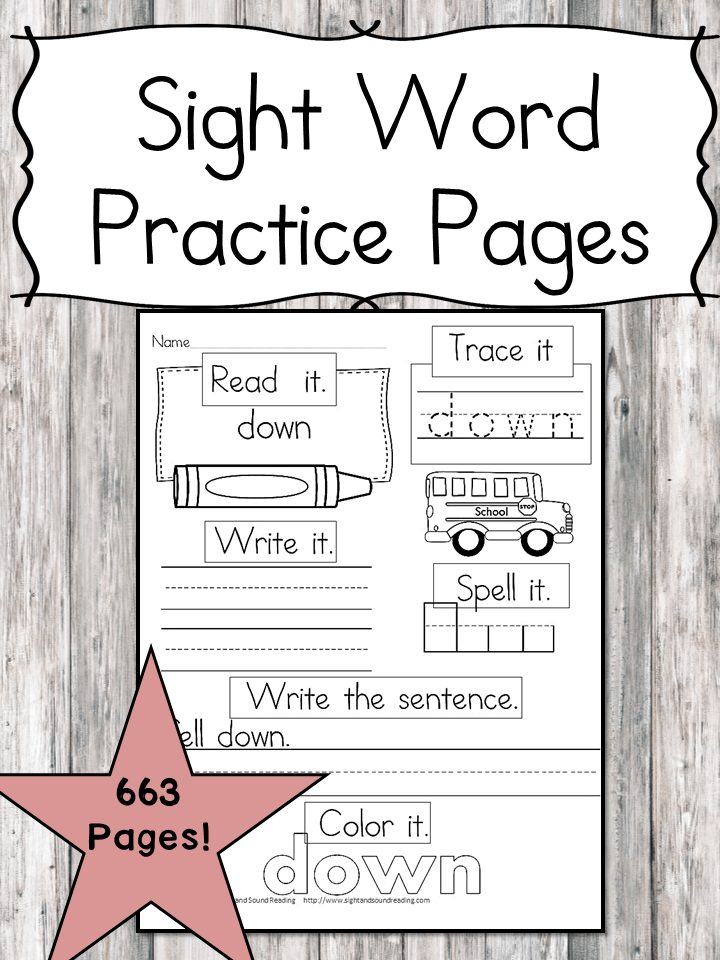 Use at least a few tips and you can expand your vocabulary.
Use at least a few tips and you can expand your vocabulary.
Content:
- 1. How many English words do you need to know
- 2. Where to get new English words
- 3. Tools for learning new words
- 4. Useful tips on how to learn English words effectively
All students are interested in the question: "How to learn English words?" The more vocabulary we know, the better we understand what the heroes of our favorite English films are talking about, what is written on the Tate Modern museum plaques, and how favorable the terms of the deal are offered by our partners from the USA. Today we will give some recommendations that will help you learn new vocabulary effectively.
Before that, we advise you to watch the webinar of our methodologist Yulia on the topic “How to learn English words”.
How many English words do you need to know? It will show your approximate vocabulary which you can compare with the average scores of native speakers and English learners.
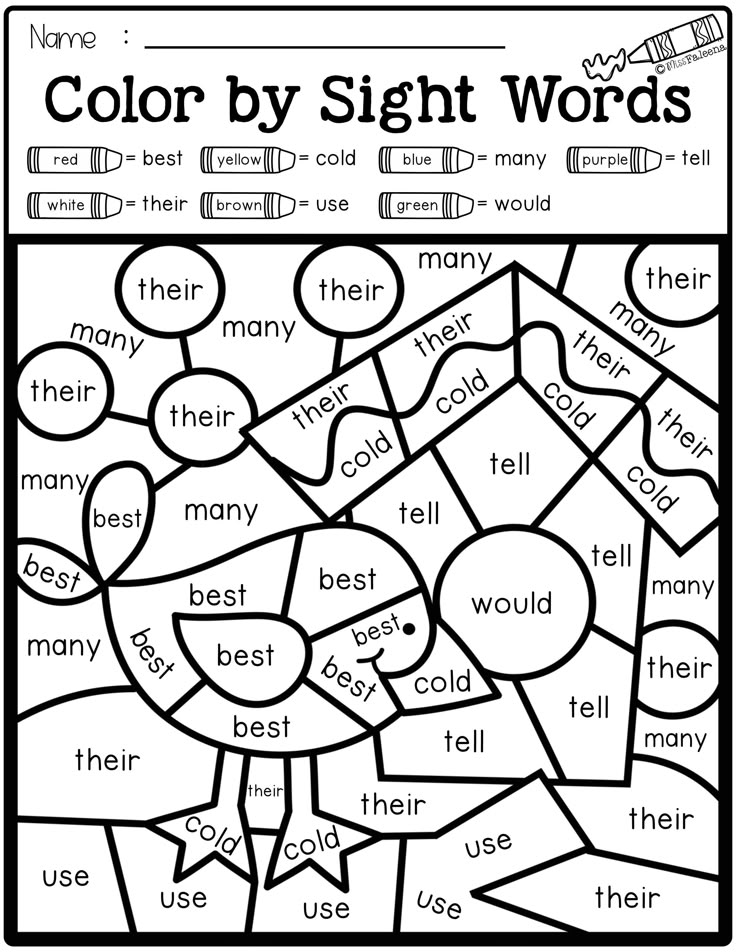 On average, 3,000 - 4,000 words will be enough to communicate on most topics.
On average, 3,000 - 4,000 words will be enough to communicate on most topics. However, we want to warn you: do not rely solely on the results of the test. It can only give a rough estimate of your vocabulary.
Our English Level Chart has a Vocabulary column that tells you how many words you need to know at each level.
And now let's find out what English words you need to learn:
- Basic vocabulary needed to understand foreign speech. There are eternal topics like "Greeting", "Family", "Food" - every person needs to know them.
- The words you need. If you need English for work, learn general business terminology or more specific industry terminology, such as for IT professionals. If you want to travel more, learn travel phrasebooks.
- Mastering all the lexical sets is impossible and pointless. Why do you need medical topics if you are not a practicing doctor? Except for watching "Doctor House" :-) Consult with an experienced English teacher, he will tell you exactly what to study.
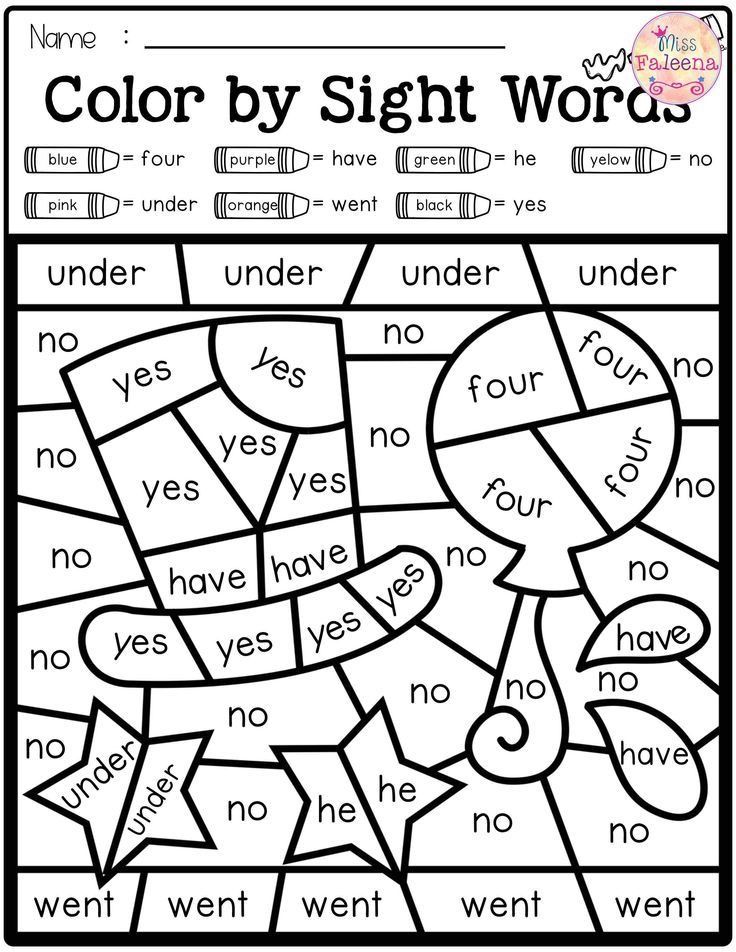
Where to get new English words
1. Favorite movies, series, songs, podcasts, books
This method is good because words are remembered in a context that is not boring for you. If you already watch films in English, you should take vocabulary from there. We advise you to use the resource ororo.tv. It is paid, but worth the money: you can watch new movies and TV shows in good quality with Russian and English subtitles. As soon as you come across an unfamiliar word, click on it and it will automatically go into your personal dictionary of new words.
The texts of most English-language songs can be found on the Amalgam resource. Or use the search bar in the browser: enter the name of the song and add the word lyrics. We also recommend a selection of podcasts, audio series and radio shows, as well as resources for downloading books online.
2. Special textbooks
Vocabulary books will help you learn new words and set expressions in which they are used.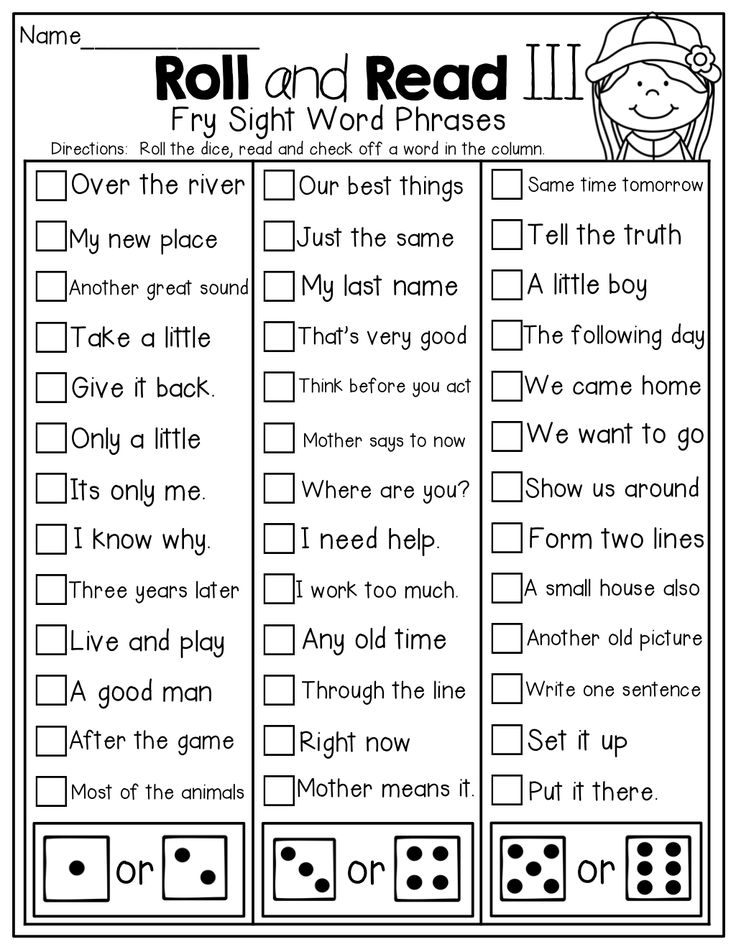 The benefits of manuals are that they provide lists of words along with examples of their use, so words are learned in context. We have presented a detailed review of textbooks for learning English vocabulary, be guided by it to choose the best manual.
The benefits of manuals are that they provide lists of words along with examples of their use, so words are learned in context. We have presented a detailed review of textbooks for learning English vocabulary, be guided by it to choose the best manual.
3. Lists or dictionaries of high-frequency words
How do you know if it is worth memorizing the next new English word that you meet? It may have fallen into disuse or is rarely used. You can refer to lists of words that are most commonly used by native speakers. We recommend you lists from the Oxford Dictionary - The Oxford 3000 British Dictionary and The Oxford 3000 American Dictionary. These are the 3,000 most important words any English learner should know. They have been carefully selected by linguists and experienced teachers. You can recognize these words in the Oxford dictionary itself by the key icon.
Tools for learning new words
1. Word cards
This technique may seem old-fashioned, but it is still effective.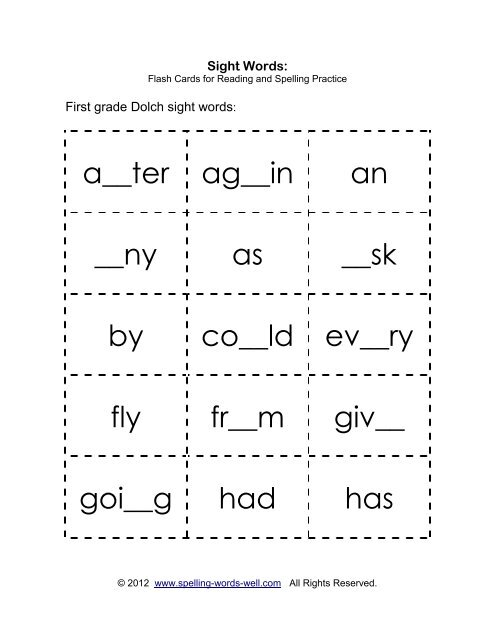 All students at least once in their lives started cards and tried to learn new vocabulary from them. It is convenient and affordable: no need to spend money, because you write them yourself, and you can take the cards with you anywhere.
All students at least once in their lives started cards and tried to learn new vocabulary from them. It is convenient and affordable: no need to spend money, because you write them yourself, and you can take the cards with you anywhere.
Before making cards, you need to choose a good dictionary that will help:
- pick up translation;
- get acquainted with typical phrases in which the word is used;
- study examples.
Then you should decide whether you will make paper or electronic vocabulary cards.
Paper cards
Color blocks are recommended (one color = one theme). Beginners can choose one of the following options:
- On one side of the piece of paper we write the word in English, on the other - in Russian. We test our knowledge: we translate a word from Russian into English and vice versa.
- On the one hand, we write the word in English and paste the picture, on the other hand, the translation into Russian.
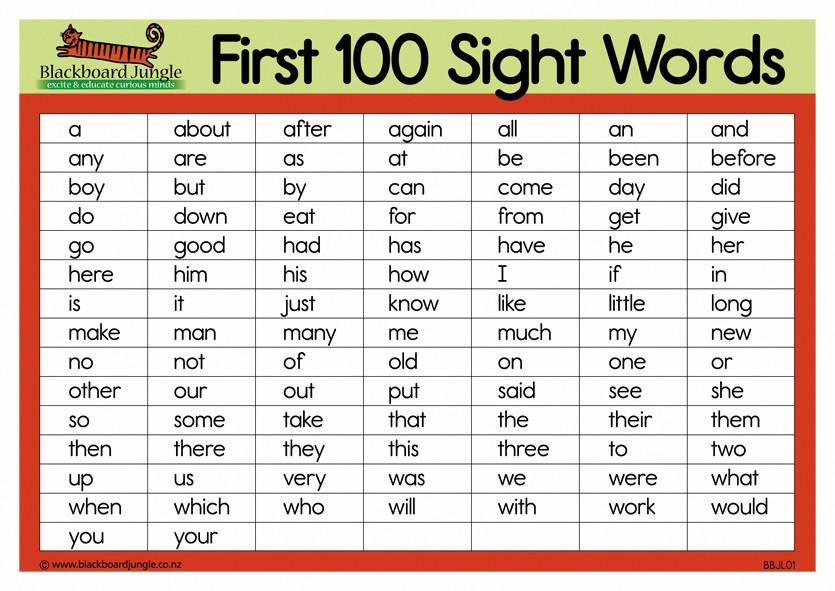 This method is well suited for people with associative thinking. In your mind, you associate a new English concept with the subject it denotes.
This method is well suited for people with associative thinking. In your mind, you associate a new English concept with the subject it denotes. - On the one hand, we write a word in English with a Russian context, on the other hand, a word in Russian without a context. When repeating vocabulary, try to translate the concept from Russian into English. And with the translation in the opposite direction, the second side of the card with the Russian context will help you.
- More experienced students are advised to use English-English dictionaries, such as the Macmillan Dictionary. On one side we write the word in English, on the other - its definition in English. You can also write synonyms and antonyms of the concept under study.
- And how to learn vocabulary? Remembering English words is best in context. Therefore, you can write on the card not just a word, but a sentence in which it is used. Examples of sentences can be found in electronic dictionaries, such as ABBYY Lingvo.
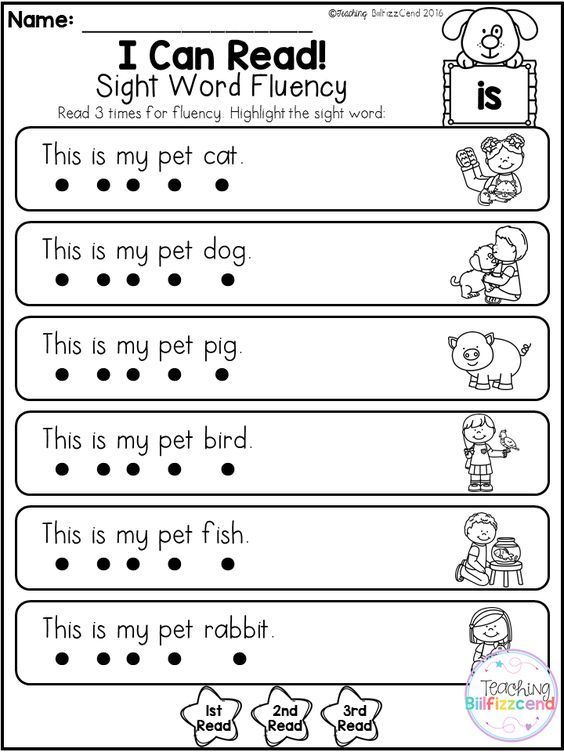
E-cards
If it's hard to get away from your computer, use your affection for good: create virtual stickers with words on your desktop and in a few days you will remember them well.
To create electronic vocabulary cards, we recommend the Quizlet service, which allows you to memorize words in different ways: choose the correct translation from four offered, fill in gaps in sentences and play games with words. Here you can also track your progress: which words are harder for you than others, how quickly you learn new vocabulary. There is an app for Android and iOS. An alternative resource is Memrise. Its free version has limited functionality, but it will be enough for compiling flashcards.
You need to constantly work with cards: review and repeat the learned vocabulary. Periodically change the cards to new ones, and after 1-2 weeks return the old ones again to repeat the words.
2. Vocabulary notebook
This method is good for those who constantly lose something: the cards are unlikely to last long :-)
You can structure the notebook in any way you like.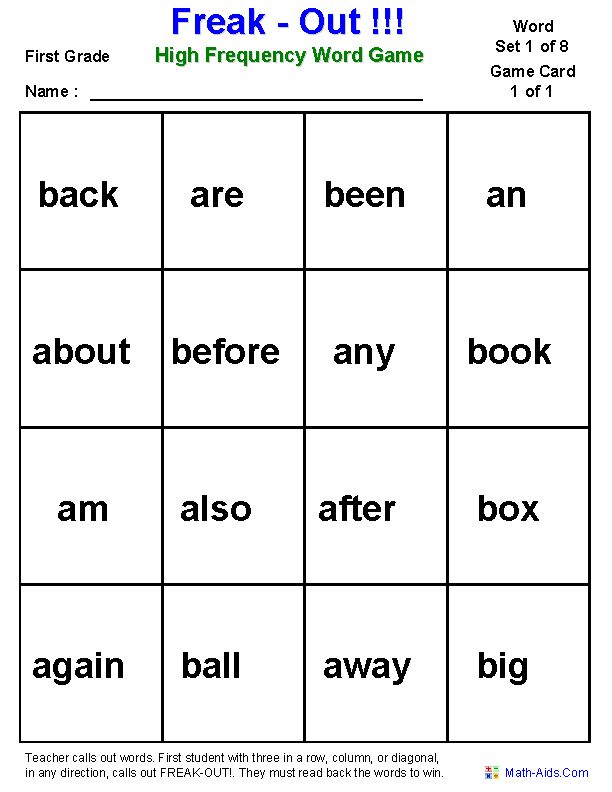 We present our version. Each page must correspond to a specific day. At the top, write the dates of the repetition of the words. In order for the studied vocabulary to be well fixed in memory, do not forget to train it. To do this, use the techniques described by us in the article "How to repeat so as not to forget anything."
We present our version. Each page must correspond to a specific day. At the top, write the dates of the repetition of the words. In order for the studied vocabulary to be well fixed in memory, do not forget to train it. To do this, use the techniques described by us in the article "How to repeat so as not to forget anything."
3. Mind map
You can easily learn English words of the same subject if you draw a mind map. Such a scheme clearly shows which topic the words belong to. In the meantime, you draw it, the vocabulary will be deposited in memory. A mind map might look like this:
We recommend using Coggle to create these mind maps. You can share the result with other people, as well as download mind maps in pdf or png.
4. Learning Websites and Apps
Study on learning resources, we recommend englishteststore.net, and in the article "5 websites to learn English words" you will find even more great learning resources.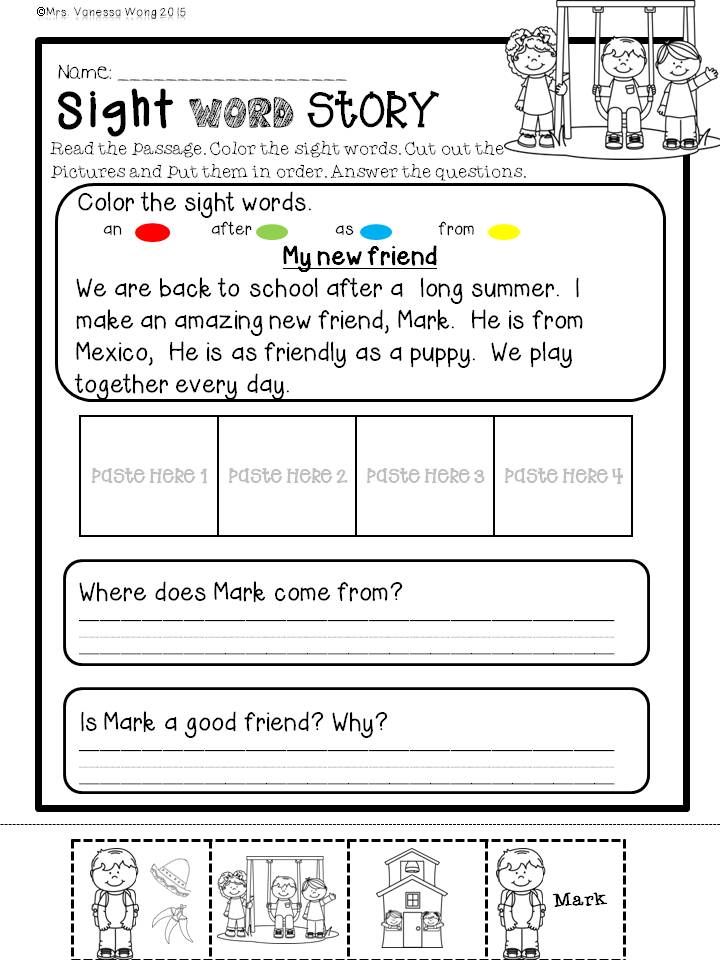
On your way to work on the subway or in line at the clinic, use every free moment to learn new words. Useful programs for your gadget can be found in the article "28 best apps for learning English on Android and iPhone".
It is enough to practice 10-20 minutes daily to feel progress.
Useful tips on how to learn English words effectively
1. Combine words by topic
How easy is it to remember English words? Groups of words related to the same topic are usually well remembered. Therefore, try to break the words into groups of 5-10 pieces and learn them.
There is the so-called Restorff effect, according to which the human brain best remembers the most prominent from a group of objects. Use this effect to your advantage: in a group of words of one subject “introduce a stranger” - enter a word from a completely different subject. For example, when studying words on the topic “Fruits”, add one word from the topic “Transport” to them, in this way your studies will become even more effective.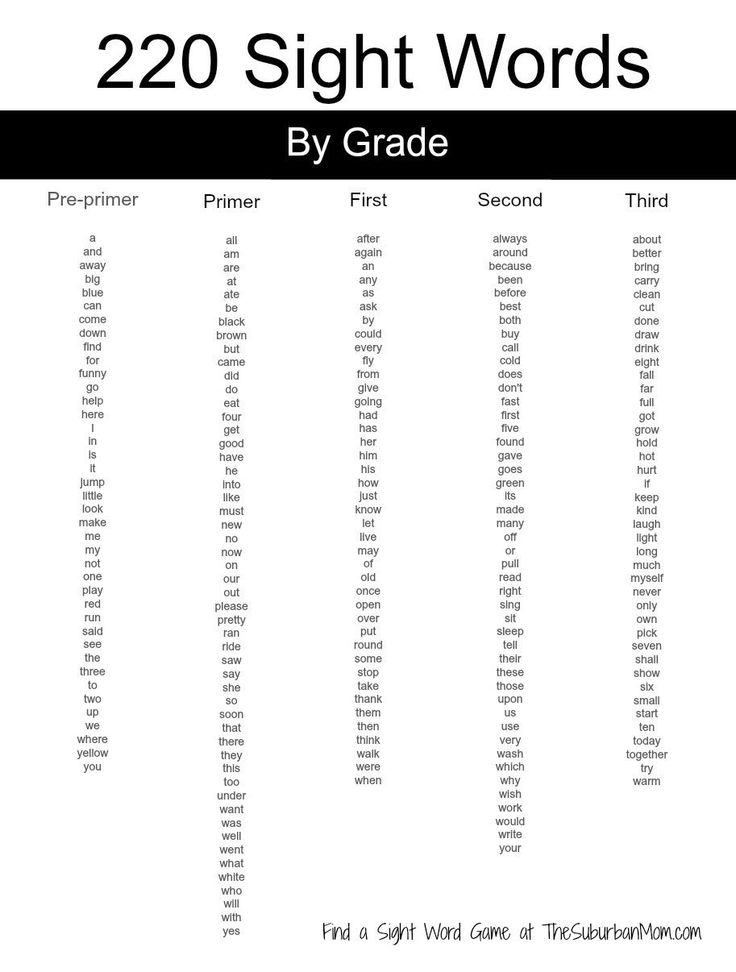
2. Use associations and personalization
Many students like this method: to learn a word, you need to come up with an association in Russian. For example, you need to remember the word obstinacy (stubbornness). Break it down into three syllables: ob-stin-acy, you get "stubborn as a donkey against a wall." The word shoot (to shoot) can be remembered as "the jester shoots." You can make convenient associations yourself, the main thing is that they are clear to you and easy to remember. This will make it easier for you to increase your English vocabulary.
Learning will be effective if you not only make a word association, but also visualize it: while saying the word shoot, imagine this shooting jester, let the image turn out to be as funny and memorable as possible. Even better, a dynamic picture with your personal presence: you imagine how the jester next to you shoots someone (with a water pistol to make the spectacle comedic, not tragic). The more alive the picture, the easier it will be to remember the word.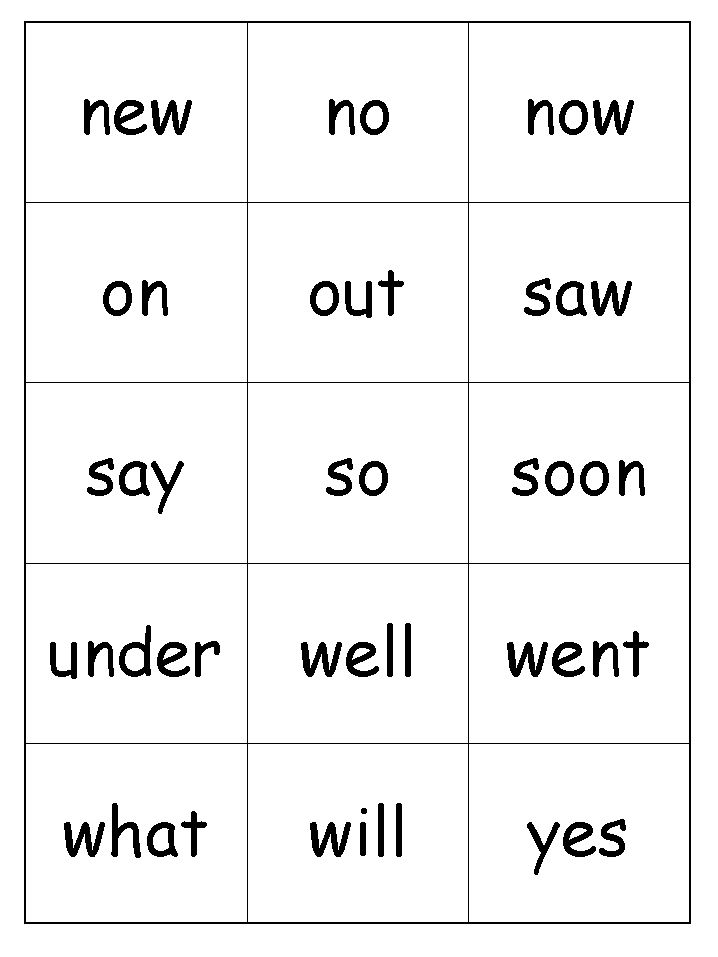
3. Use learned vocabulary in speech
How to learn English words correctly and not forget them? Are you familiar with the use it or lose it principle? In order for knowledge to remain in memory, you need to actively “use” it. It is good practice to make short stories using new words. The best remembered vocabulary is set out in a short funny text, which is written about oneself, beloved or dear to the heart of things.
If you take a course or have an English teacher, try to put new words into the conversation as often as possible: the more times you say a word, the better you will remember it. Do not forget about spelling: try to use new words in writing.
Tell me and I forget. Teach me and I remember. Involve me and I learn.
Tell me and I will forget. Teach me and I will remember. Make me do it and I'll learn.
Learn new words and apply them immediately with the Conversation Course.
4. Regularly test your knowledge
It is useful to take various tests to determine the level of vocabulary from time to time.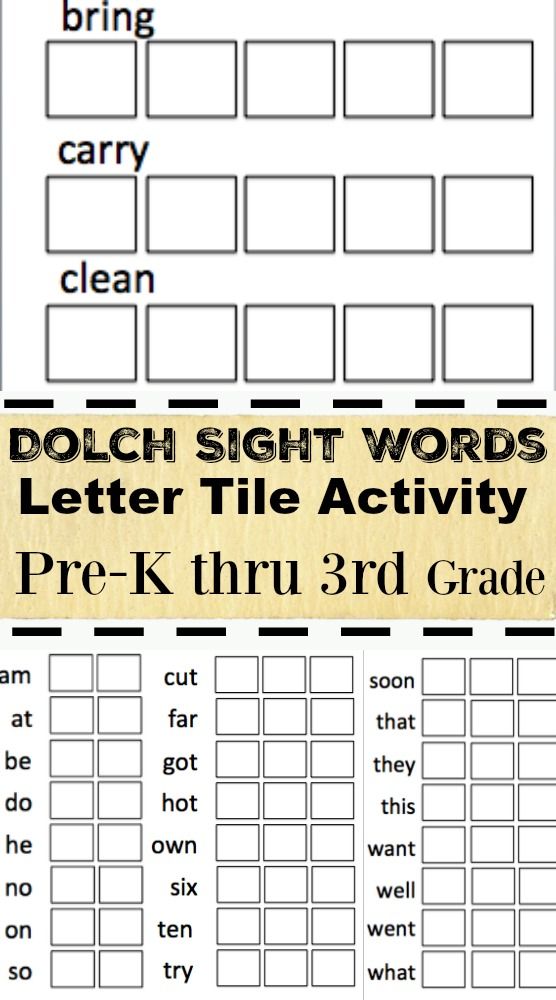 For example, great picture quizzes (a joy for visuals and kids) are on the Vocabulary for learners of English page. After passing such a test, you will immediately see what is deposited in your memory, and which topics or words need to be repeated.
For example, great picture quizzes (a joy for visuals and kids) are on the Vocabulary for learners of English page. After passing such a test, you will immediately see what is deposited in your memory, and which topics or words need to be repeated.
5. Follow your daily plan
We have already told you how many words to learn per day. Recall that for the average person, it is best to learn 5-10 words a day. Be sure to follow your plan for learning new vocabulary to see progress.
6. Use entertaining learning methods
At engvid.com, native speakers explain complex information in a light, entertaining way, thanks to which new material is well remembered. On newsinlevels.com, every piece of news is adapted for different levels of English proficiency, and explanations are given for all difficult words.
You can expand your English vocabulary through fun activities such as crossword puzzles, gallows games, etc. A lot of fun is provided on the Have Fun Learning English and Vocabulary exercises pages.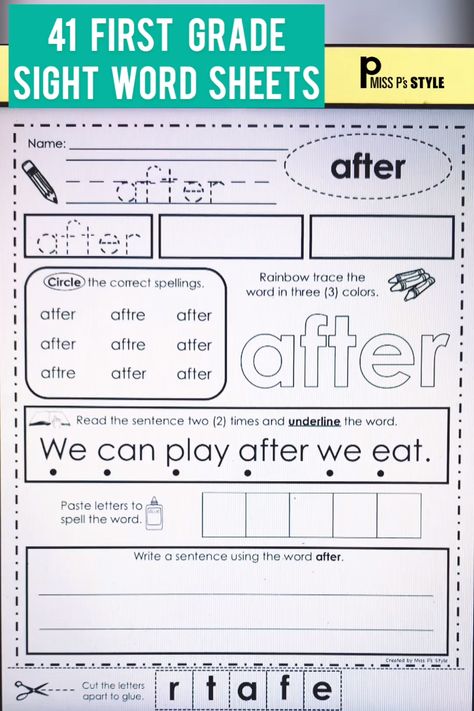
7. Improve your memory
It is impossible to remember anything if you do not have a good memory. Learning a language in itself is a good exercise for our brain and improves memory. But to make it easier to remember, you can use the tips from our article “How to improve memory. Best Advice for English Learners.
8. Consider your type of perception of information
Not all methods are equally good for you. Don't try to apply everything at once. Try text, video, or audio formats and choose the ones that help you pick up new words faster. So you will come to your author's mix of techniques.
You can understand whether you are auditory, visual or kinesthetic by reading our article "Learn English according to the type of information perception."
The main thing - do not forget to move from theory to practice. Not only read useful tips on how to memorize English words quickly and easily, but also actively use them in everyday life, then you will not have to puzzle over how to improve your level of knowledge.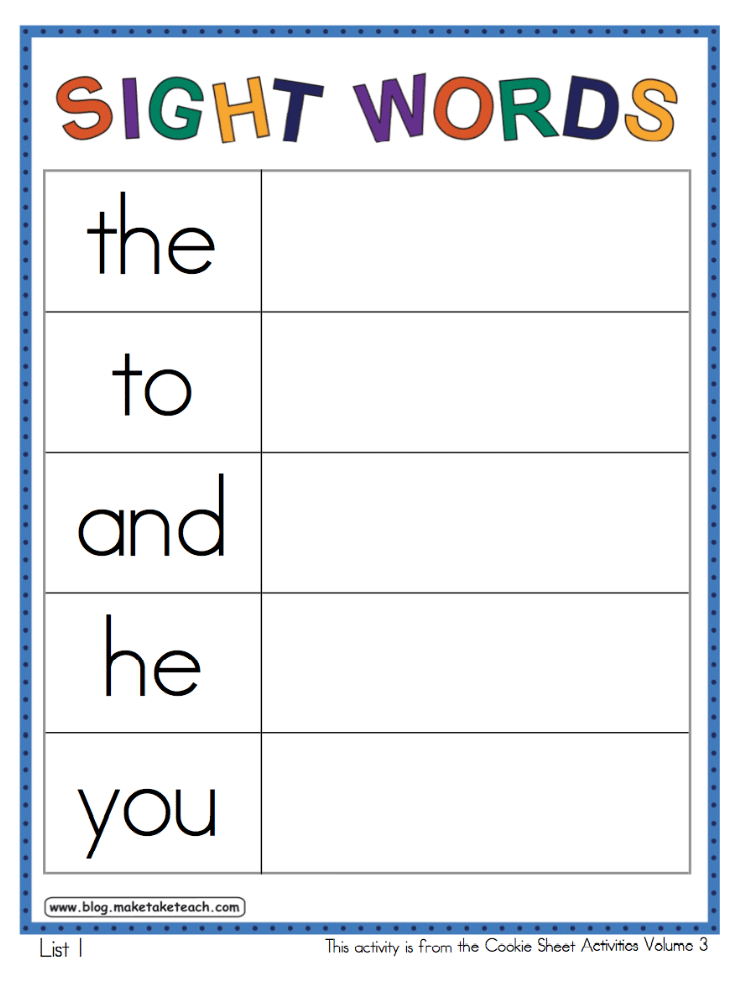
Do you count cards and notebooks with the words “yesterday”? Then try to learn words according to the current British textbooks in the online English courses at our school. Our students learn words and phrases in context, use them in a lively dialogue with the teacher, memorize new vocabulary easily and quickly. Try to learn English words in a new way!
© 2022 englex.ru, copying of materials is possible only with a direct active link to the source.
7 Effective Ways to Memorize English Words
When learning a foreign language, it is very important to constantly replenish your vocabulary - to learn new and new words. However, not everyone succeeds in doing this. We offer eleven tips to help you memorize new words in English more effectively.
You can start with a video from Tanya Starikova, in which she shares how she manages to learn English words:
Memorize words in context
Language is a tool people use to express their thoughts.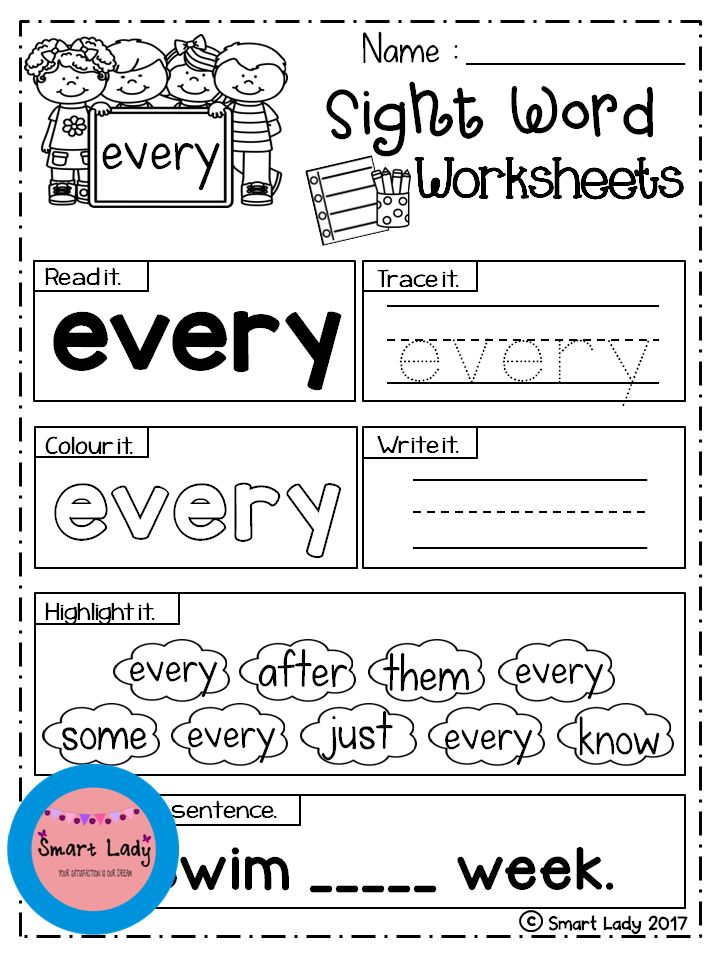 Therefore, each word is valuable not in itself, but in the context.
Therefore, each word is valuable not in itself, but in the context.
Don't learn English words in a vacuum. If you come across an unfamiliar word and decide to remember it, write down the context in which it was used. For example, the English word ajar (ajar) is easier to learn as part of the phrase "the windows were ajar" ("the windows were ajar") than separately.
You can find ready-made examples of the use of the English word you are interested in in online services such as Reverso, PlayPhrase or Yandex.Translate. Also, practice making sentences with new words on your own. For example, you need to memorize the verb to prefer (prefer). Make up some examples that will reveal the meaning of this verb.
| Would you prefer wine or beer? | Do you prefer wine or beer? |
| I prefer to be called by my first name. | I prefer to be called by my first name. |
| My grandmother prefers detectives to any other TV shows. | My grandmother prefers detectives to any other series. |
Demo lesson for free and without registration!
Take a lesson, learn about the school and get a promotional code for English classes
Use pictures
Draw small pictures to remember the meaning of an English word. It’s not scary if you can’t draw: our brain receives so much monotonous information that a strange picture is a kind of surprise, and we always remember surprises.
If you don't feel like drawing on your own, choose a ready-made illustration for a new word in Google. It is better if the image is bright, strange or funny - this way it will be remembered more reliably.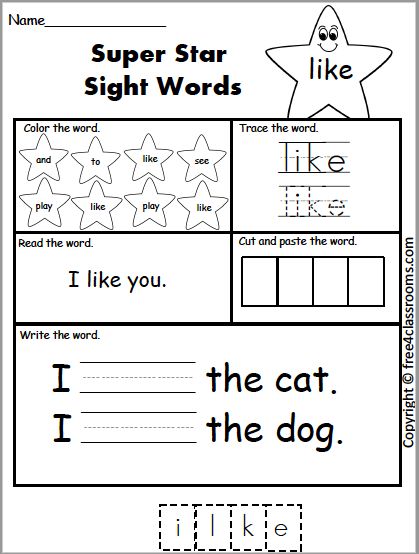
You can collect word + image pairs in electronic form, but better - in the form of paper cards. To test yourself, look at the side with the picture and try to remember what English word it stands for.
Look up synonyms and antonyms
If you already have a basic vocabulary, practice finding synonyms and antonyms for new English words. This will not only help them learn, but also come in handy in communication: if you do forget a word, you can easily find a replacement for it.
For example, you need to learn the word irreverent (irreverent, disrespectful), and you already know the word with the same meaning disrespectful . It remains to pick up antonyms: "respectful" - "respectful" and "polite" - "polite". In conjunction with synonyms and antonyms, a new English word will be easier to remember.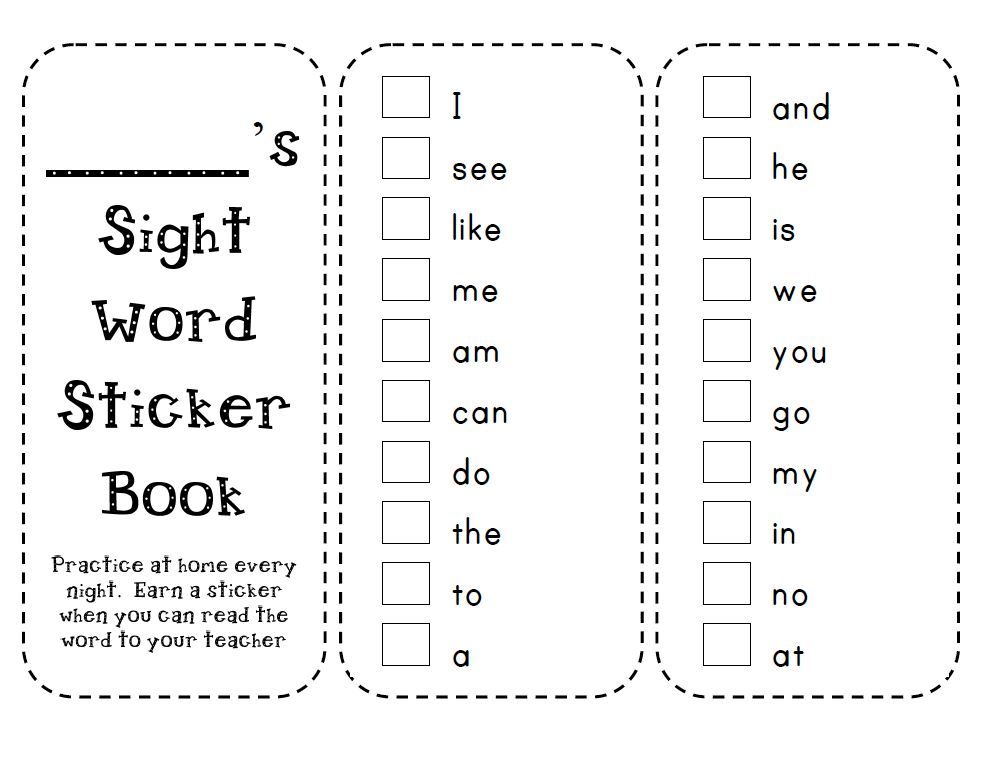
Memorize single-root words
Let's take the English root -respect- , which we have already considered in the previous example. Noun respect means respect. Now let's look in the dictionary for other words formed from the same root:
| respectful | respectful |
| to respect | respect |
| respectable | solid, respectable |
| disrespect | disrespect |
| in respect | vs. |
Thus, instead of one word, you learned several at once, and their meanings are interconnected, which will help to learn them.
Make up stories
To learn several unrelated words at once, combine them into a story. Memorizing a short story is easier than a bunch of random words because the story has a plot and can be recreated in the imagination.
Let's fantasize and make up a story with five random English words:
| pond | pond |
| coat | coat |
| loaf | loaf |
| to approach | approach |
| fireplace | fireplace |
From these words we got the following story:
| A boy walked to the pond . | A boy came up to the pond. He was wearing a gray coat and hat. The boy was carrying a loaf of bread. He was going to feed the ducks. But when he approached the pond, he did not see a single duck there. “It’s cold today,” the boy thought, “the ducks are probably at home, warming their paws by the fireplace. |
It's not scary if the story comes out strange or even absurd, because the unusual is remembered better.
Make associative networks
Our brain takes what we read and transforms it into images, ideas and feelings, and then forms connections between new information and what we already know. This is how memorization happens - the new unites with the old. When you connect a new English word with something you already know, it's easier for your brain to find it and remember it at the right time.
Draw a network of concepts. Take what you want to remember (word, idea, sentence) and write it in the center of the paper. Then draw lines from it in all directions, like a web.
At the end of each line, write down any English words or pictures that come to mind when you think of the word in the center. It doesn't matter what the associations are, just write down whatever you come up with.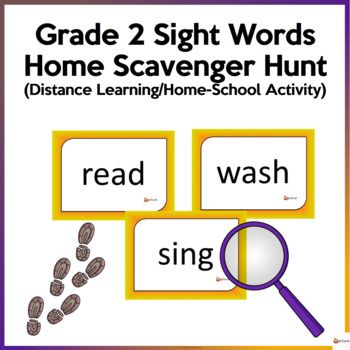
It will only take a couple of minutes, and now all the words or concepts will be interconnected in your brain. If you see or hear one of them, it will be easier for you to remember the others.
Use mnemonic tricks
Sometimes you can't remember a new English word, and none of the above methods helps. Then mnemonics will come to the rescue - a way of remembering through associations.
Let's say you have trouble learning the English word " eagle " ("eagle"). You can use a mnemonic hint with a consonant Russian word: "Eagle's claws are ten needles ".
To memorize word tire (tire), you can mentally associate it with the consonant English word tired (tired): “Dad is tired, he’s been pumping up the tires” (“Dad is tired because he pumped up tires”).
You shouldn't get carried away with this method, but it helps a lot to learn tricky words that you can't remember otherwise.
Parse word by composition
Before looking up the translation of an English word in the dictionary, try to parse it by composition and determine the meaning yourself. For example, you came across the verb to mistreat . You don't know what it means, but you know the verb to treat - "treat, treat." It remains to find out the meaning of the prefix mis-. You may have encountered it in words such as to misbehave (behave badly) or to misunderstand (misunderstand). So the prefix mis- means something bad or wrong.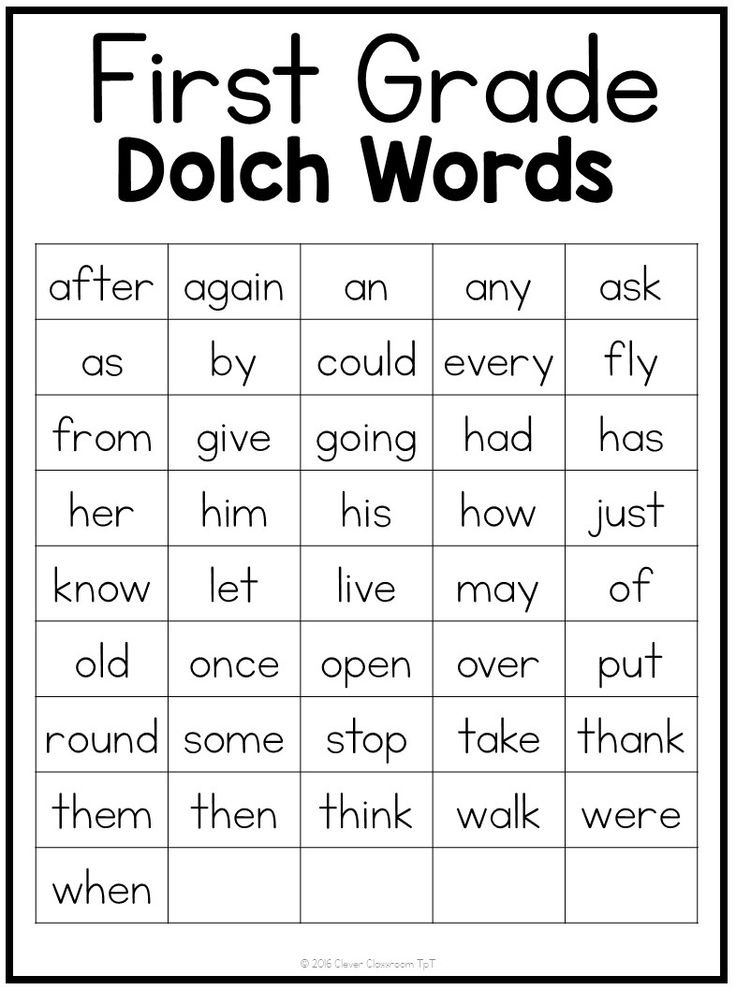 Indeed, the verb to mistreat is translated from English into Russian as "to mistreat".
Indeed, the verb to mistreat is translated from English into Russian as "to mistreat".
If you make a list of common prefixes ( un-, dis-, re-, de- etc.) and suffixes ( -able, -ly, -ent, -tion, -ive etc.) etc.) and remember what they mean, it will be easier for you to guess the meaning of new words for you in English.
Look for something interesting in a boring one
It happens that some topic is very difficult to come by, because it is not interesting for you personally. For example, you are studying the topic “Cars”, but you don’t drive a car yourself, and this area is completely alien to you. And it is not clear why to learn words that you are not going to use in life. To spark interest in a boring topic, connect it to something that is more interesting or useful to you personally.
For example, car images and metaphors are often found in the songs of foreign artists - you can easily find lyrics in English with the words steering wheel ("steering wheel"), highway (road, highway) or lane (strip).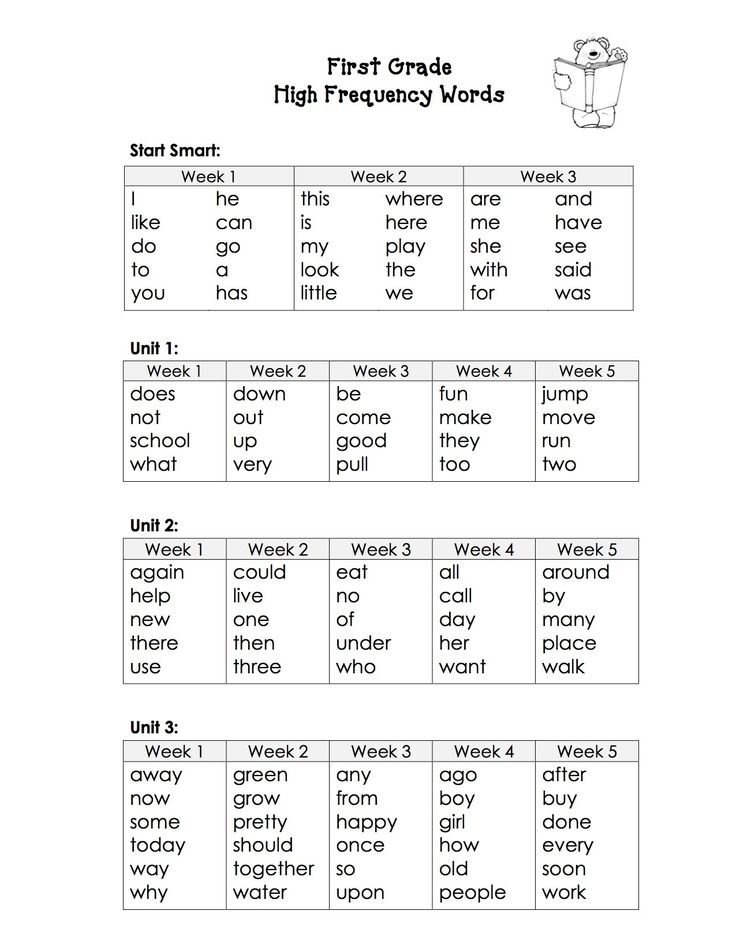
Or look for English idioms that use the words you want. Here are some automotive-themed ones:
- Stay in your lane. Mind your own business (literally: stay in your lane).
- Down the road. - In the future (literally: further down the road).
- U-Turn. - A sharp change of opinion (literally: a reversal).
- To put the brakes on. - Slow down (literally: slow down).
These idioms will come in handy in conversational speech, even if you never intend to drive. And now boring words will have more figurative associations that will help them learn.
Refresh knowledge periodically
Probably, this happened to you at school: you learned a dozen new English words, did your homework, wrote a dictation… And after a month everyone forgot.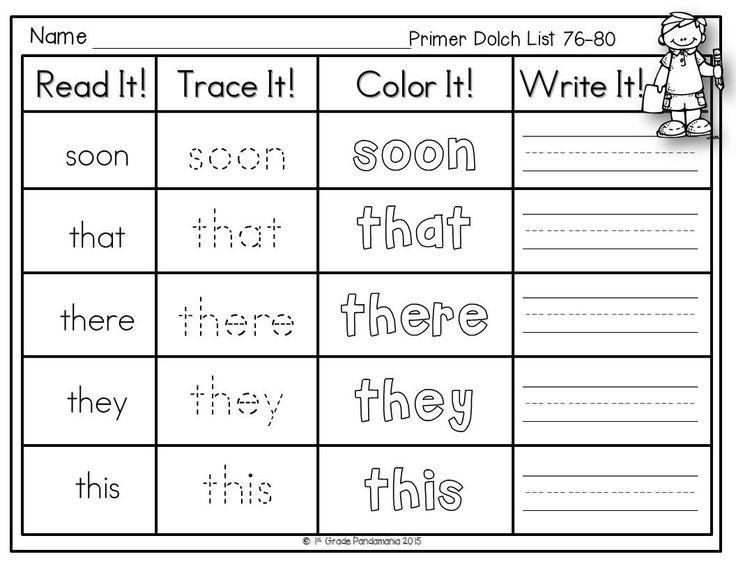 This happens because new vocabulary needs to be periodically repeated and refreshed in memory. There is even a recommended schedule for repeating English words, compiled on the basis of the works of the German psychologist Hermann Ebbinghaus:
This happens because new vocabulary needs to be periodically repeated and refreshed in memory. There is even a recommended schedule for repeating English words, compiled on the basis of the works of the German psychologist Hermann Ebbinghaus:
- Use a new word as soon as you learn it;
- Use the word again after 20-30 minutes;
- Repeat word every other day;
- Return to a new word after 2–3 weeks;
- Repeat the word in 2–3 months;
- Fix the word after 2–3 years.
It is on this method of memorization that the application for learning new English words Aword is based. In order not to think about how many weeks and months have passed since meeting a new word, install the application and it will monitor the repetition schedule for you. By the way, Aword also uses other techniques for memorizing words listed in this article: images with associations and mnemonic phrases.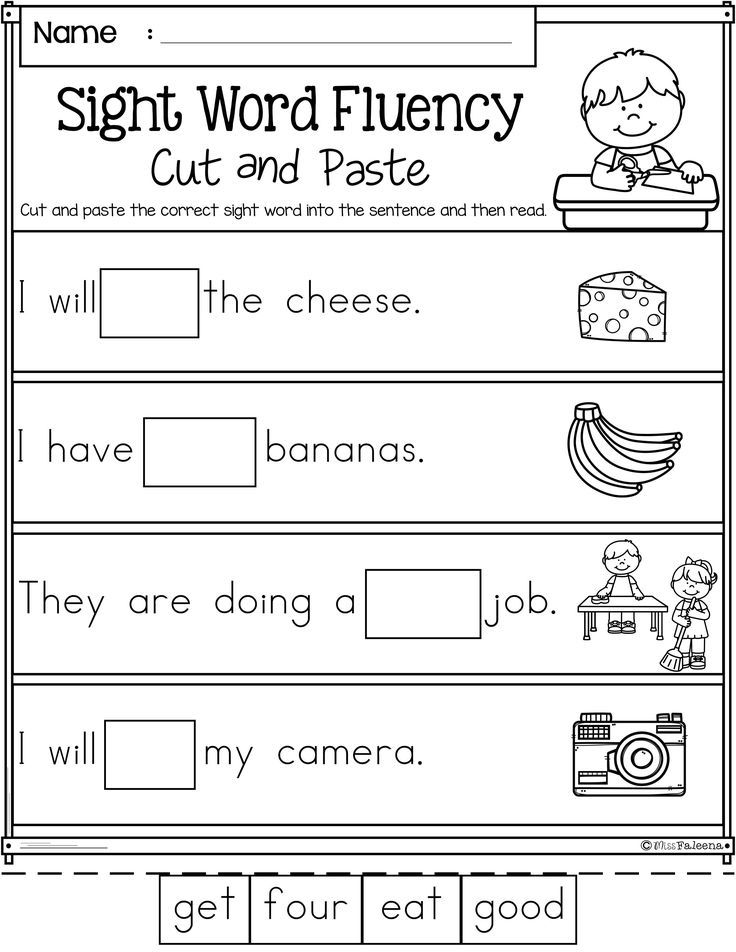
Make sure that the word will be useful to you
Knowledge that we do not use is sooner or later forgotten, as happened with poems and theorems that we learned at school. Therefore, do not waste time memorizing rare, little-used words. This is especially important for those who are just starting to learn English. Before you draw flashcards and add a word to the spaced repetition list, make sure you need to know it at all.
There is a list of 3,000 words, which is enough to understand most of the texts written in English. Of course, during your studies you will still learn much more, but at first you should check the list so that you don’t spend time memorizing rare English words and forget about the most important ones. For convenience, such words are marked with a special icon in the Aword application.
You can read more about the "golden list" of English words and how to apply it in your studies in our magazine.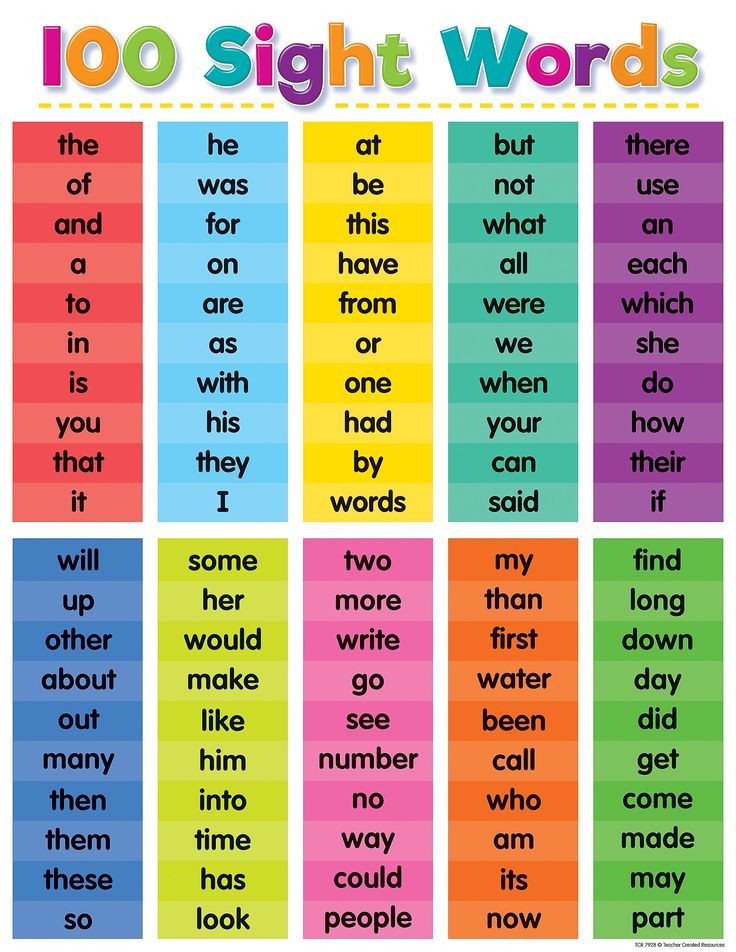
To summarize
We have analyzed 11 ways to effectively memorize new English words - it remains only to put them into practice and choose the ones that suit you.
- Learn not individual words, but phrases and sentences with them.
- Draw association pictures for new words.
- Choose synonyms and antonyms for the word you want to remember.
- Instead of one English word, learn several cognates at once.
- Make up short stories with new words.
- Make associative cards with English vocabulary.
- Use mnemonic technique: consonant Russian or English words.
- Parse words by composition and memorize the meanings of popular English prefixes and suffixes.
- Associate new words with things that interest you personally, such as useful idioms or lyrics in English.


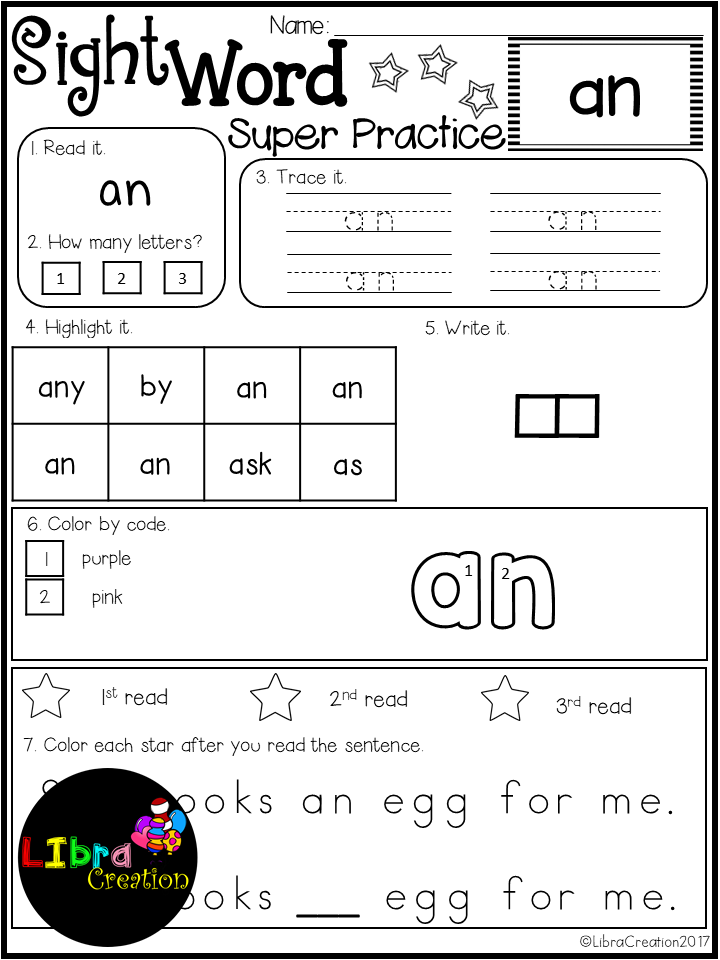

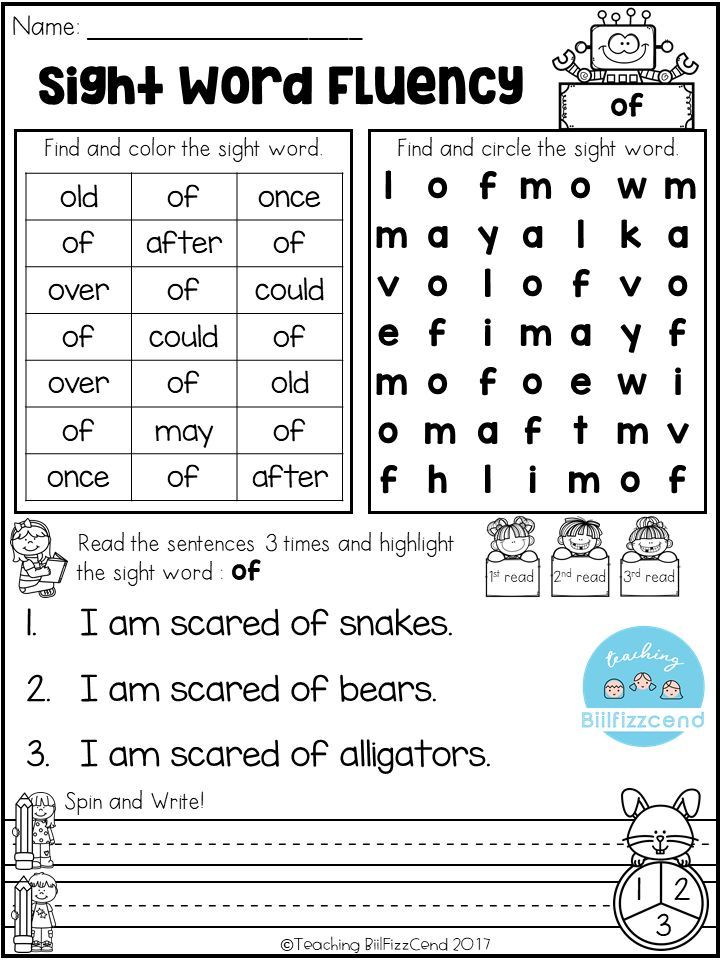 He was dressed in a gray coat and a hat. The boy was carrying a loaf of bread. He was going to feed the ducks. But as he approached the pond , he saw no ducks there. "It's chilly today", the boy thought, "the ducks must be at home, warming their feet at the fireplace ".
He was dressed in a gray coat and a hat. The boy was carrying a loaf of bread. He was going to feed the ducks. But as he approached the pond , he saw no ducks there. "It's chilly today", the boy thought, "the ducks must be at home, warming their feet at the fireplace ". 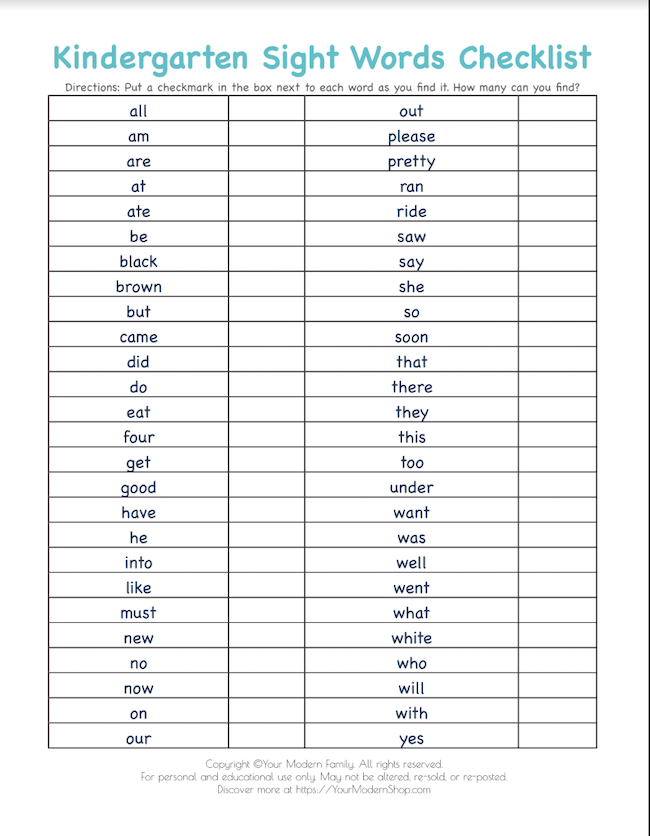 ”
” 



